[最も欲しかった] japanese spider crab habitat 612155-Japanese spider crab predators
Giant spider crabs (Leptomithrax gaimardii) are Victoria's largest growing spider crabsThey can reach 16 cm across their carapace or shell, and 70 cm across their legs – although most are not this big These crabs are a native species and can be found in marine water across south eastern Australia, commonly in shallow waters but down to 0m deep A Spider crab's habitat is in the Southern islands of Japan and the Pacific Ocean near Japan They live at a temperature of 10 degrees Celsius Who do spider crabs live with? Try asking people about spider crabs and you will get varied answers Some may begin to describe the giant Japanese spider crabs, some might talk about the family Majidae, while others might confuse you with the mention of crab spiders Well, in this AnimalSake article, we tell you exactly what spider crabs are, how they look, where they are found, and more, along with

Japanese Spider Crab Macrocheira Kaempferi Jungledragon
Japanese spider crab predators
Japanese spider crab predators- The Japanese spider crab, Macrocheira kaempferi, is the largest known arthropod;Macrocheira kaemferi As the name may suggest, the Japanese Spider Crab is not a native to Oregon coastal waters but rather lives at the western end of the Pacific Ocean The crab was introduced to the Aquarium several years ago during a temporary exhibit and quickly became a favorite with our visitors and staff Stunning crustaceans in both




What Is The Biggest Crab Japanese Crab The Largest On The Planet
The biggest crabs in the ocean are surprisingly gentle About Press Copyright Contact us Creators Advertise Developers Terms Privacy Policy & Safety How works Test new features © The giant Japanese spider crab and its internetclassic molting video from Enoshima Aquarium in Fujisawa, JapanThe timelapse was shot over six hours and is pretty incredible More about these amazing creatures The Japanese spider crab has the greatest leg span of any arthropod, reaching 38 metres (12 ft) from claw to claw These spider crabs breed in the temperate waters including saltwater or marine habitats They make habitats at depths of 150–300 metres (490–980 ft) Japanese crab spider are thought to occur in the deeper parts of the ocean
Fully grown it can reach a leg span of almost 4 m (13 ft), a body size of up to 37 cm (15 inches) and a weight of up to kg (44 lb) The crab's natural habitat is on the bottom of the Pacific Ocean (some 300 to 400 m deep) around Japan, where it feeds on dead animals and shellfishJapanese Spider Crab Habitat The Japanese spider crabs natural habitat is on the bottom of the Pacific Ocean (some 300 – 400 metres deep) around the Japanese archipelago, where it feeds on dead animals and shellfish Japanese spidercrab can have a leg span of over three meters and can weigh almost kilograms big enough to be capable of devouring a human child in case that's not scary enough They can camouflage themselves to appear like just another part of the ocean floor until it's too late, are these crabs as scary as they seem?
Why do some people believe they immortal And Japanese Spider Crabs Common Habitats They like the vents and holes of the deeper areas of the oceans, which makes of them a difficult prey for the fishermen So it's not a surprise that this crab is a delicacy in Japan Habitat Japanese spider crabs are mostly found off the southern coasts of the Japanese island of Honshū, from Tokyo Bay to Kagoshima Prefecture Outlying populations have been found in Iwate Prefecture and off Suao in Taiwan Adults can be found at depths of up to 600 m (2,000 ft), or as shallow as 50 m (160 ft)



Japanese Giant Spider Crab Swimming Underwater Aquariumun On The Rock Stock Photo Crushpixel




File Spider Crabs At The Kaiyukan Aquarium In Osaka Close Jpg Wikimedia Commons
Spider crabs are not only a crab species, but they are also extremely delicious and enjoyed throughout the world The most famous type of crab is the Japanese spider crab, which can grow the size of a car While spider crabs are slow, they make up for their full speed with their incredible reachJapanese Spider Crab Diet / Feeding An omnivore Diet consists of both plant matter and animals Sometimes acts as a scavenger, consuming Range / Habitat Occurs in the Pacific Ocean around Japan Found on the seabed, often inhabiting vents and holes on the Reproduction &Giant Japanese Spider Crab The giant spider crab has the largest leg span of all known species of crab and may live up to 100 years The Japanese name for this species is takaashigani literally translating to "tall legs crab" Their armored exoskeletons help protect them from predators
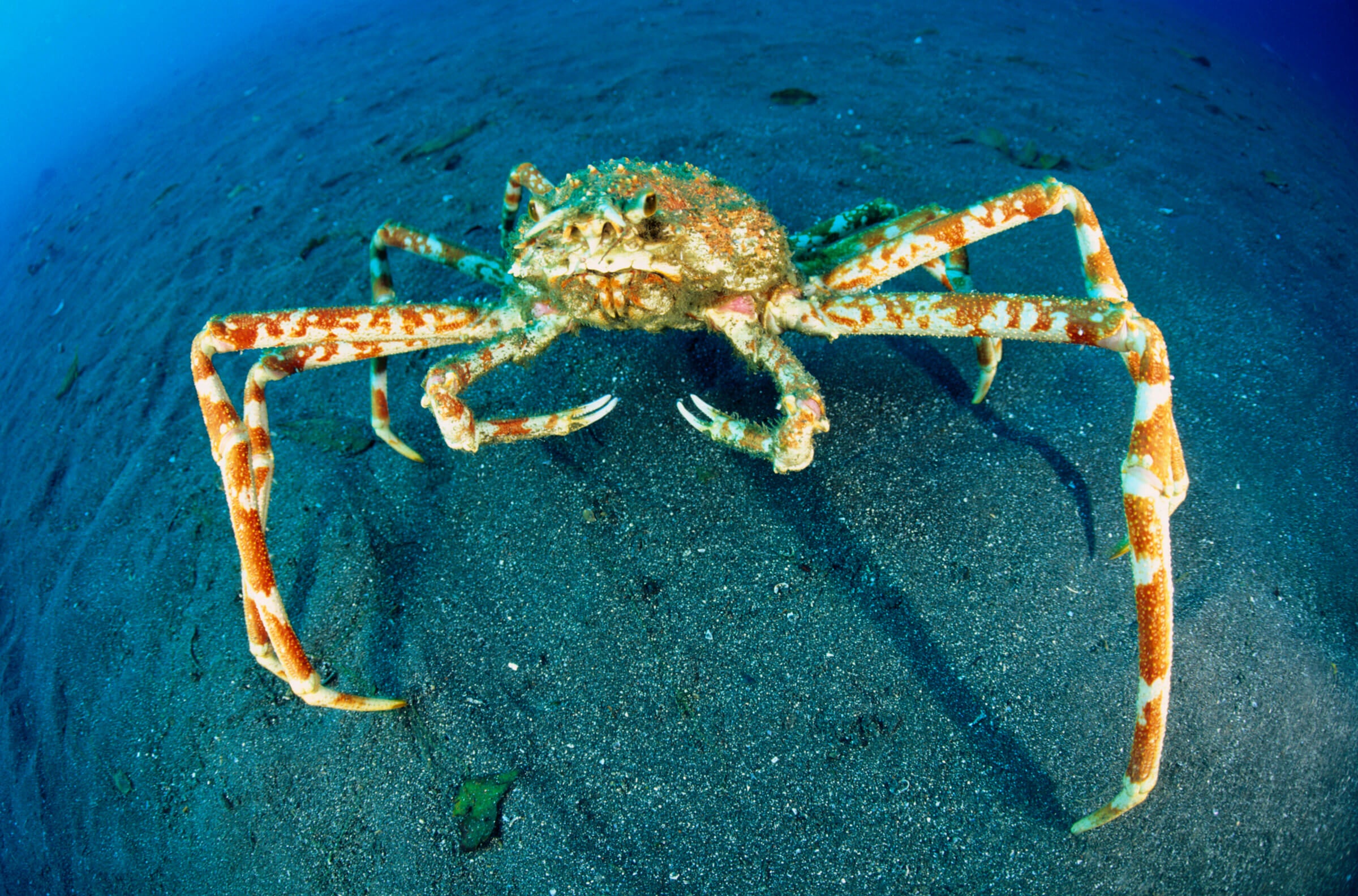



Japanese Spider Crab Georgia Aquarium




Giant Spider Crabs Inside Ecology
The Japanese spider crab is a large catch for any fisherman With a leg span of 13 feet (4 meters) and an average weight of around 40 pounds (16 kg), it claims the title of largest crab It may also have the longest lifespan of any crab, living to be 100 years old However, Japanese spider crabs do not survive very long without injuryIn freshwater streams, estuaries and Japanese spider crabs live on the Pacific side of Japan as far south as Taiwan and at chilly depths ranging from 164 feet to as low as 1,640 feet (They spawn at the shallower end of that spectrum




Japanese Spider Crab Macrocheira Kaempferi Jungledragon




Wildlife In Japan Animals Around The Globe
Size From 0004 inches to over 12 feet (Japanese spider crab) Weight Up to 44 pounds (American lobster) Lifespan 1 to 10 years Diet Omnivore Habitat Throughout the oceans, in tropical to frigid waters;Habitats Japanese spider crabs most often inhabit the sandy and rocky bottom of the continental shelf and slope Adults can be found at depths of up to 600 m, or as shallow as 50 meters Younger crabs tend to live in shallower areas with warmer temperaturesOur oceans are a delicate balance of warm and cold Of beauty and desolation Tourists love to go scuba diving They plunge themselves into the depths of th




Japanese Spider Crab The Dallas World Aquarium




10 Reasons Why The Giant Spider Crab Is The Crustacean Of Your Nightmares Viralnova
The Japanese giant spider crabs will only live in the North Pacific Ocean, in the waters that border the Japanese islands of Konshu and Kyushu In particular, they seem to be found more often inThe Japanese spider crab lives on its own Japanese spider crabs most often inhabit the sandy and rocky bottom of the continental shelf and slope at an average depth of meters They have, however been found at depths of 600 feet During spawning season the crabs spend most of their time in shallower waters around 50 meters
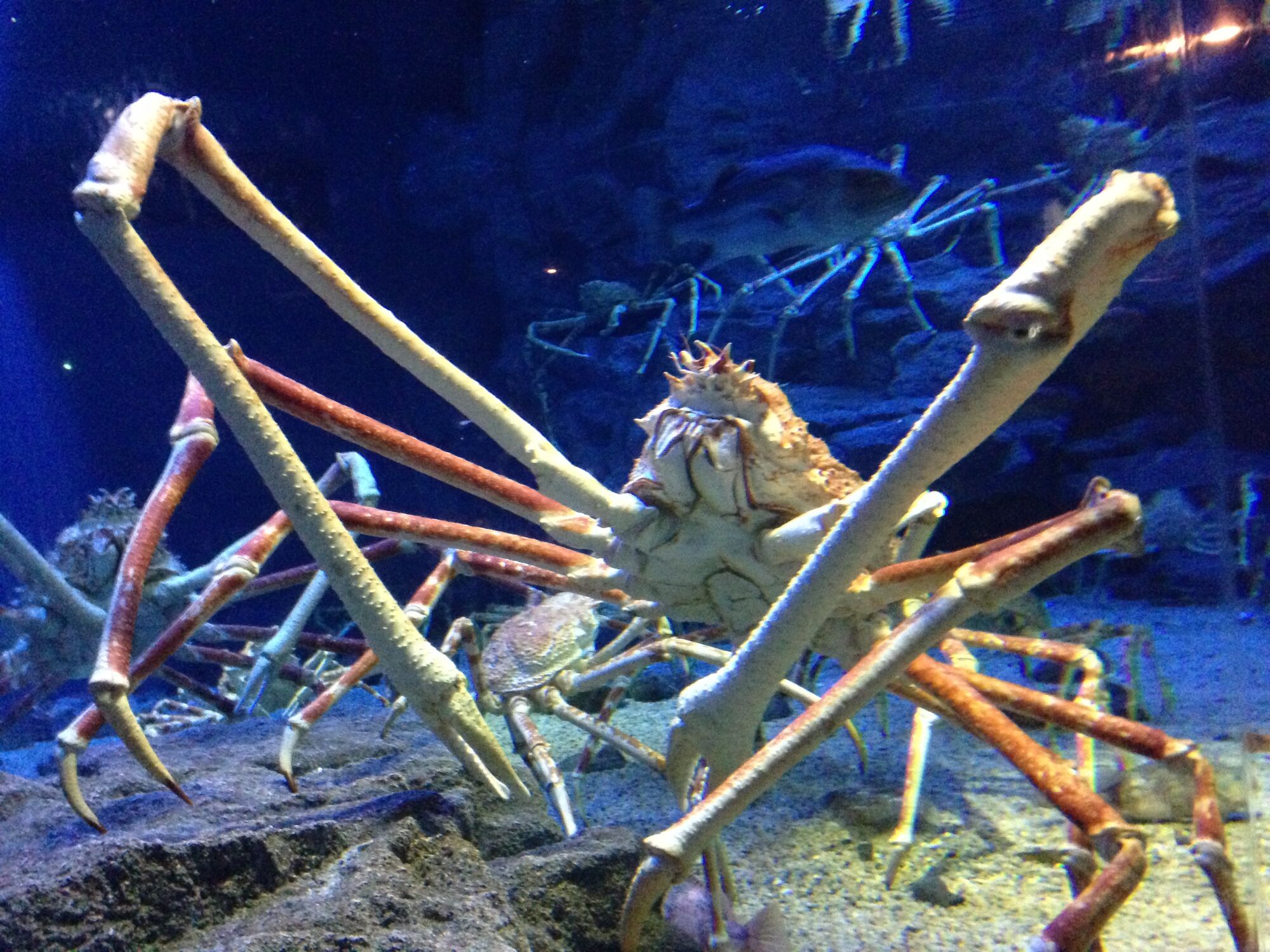



Giant Spider Crab Blue Abyss Wikia Fandom
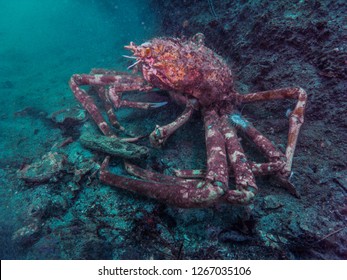



Giant Spider Crab High Res Stock Images Shutterstock
Various species of urchins live in all oceans throughout the world, though they are more abundant in warmer climates The Atlantic Ocean in the Caribbean, the Pacific Ocean surrounding the Islands of Hawaii and both the Indian and Pacific Oceans around Australia's coastline are the world's waters most heavily inhabited by sea urchinsThe Japanese spider crab (Macrocheira kaempferi) is a species of marine crab, and is the only member in the genus MacrocheiraIt is found only in the waters around JapanThe Japanese spider crab has the largest leg span of any arthropod in the world, reaching up to 38 meters (12 ft) long, and weighing up to 41 pounds (19 kg) The Japanese spider crab looks much more terrifying than it actually is The Japanese spider crab lives in the ocean off the coast of Japan They can inhabit waters as deep as 1,000 feet, but they move to shallower depths to breed



Japanese Giant Spider Crab Swimming Underwater Aquariumun On The Rock Stock Photo Crushpixel
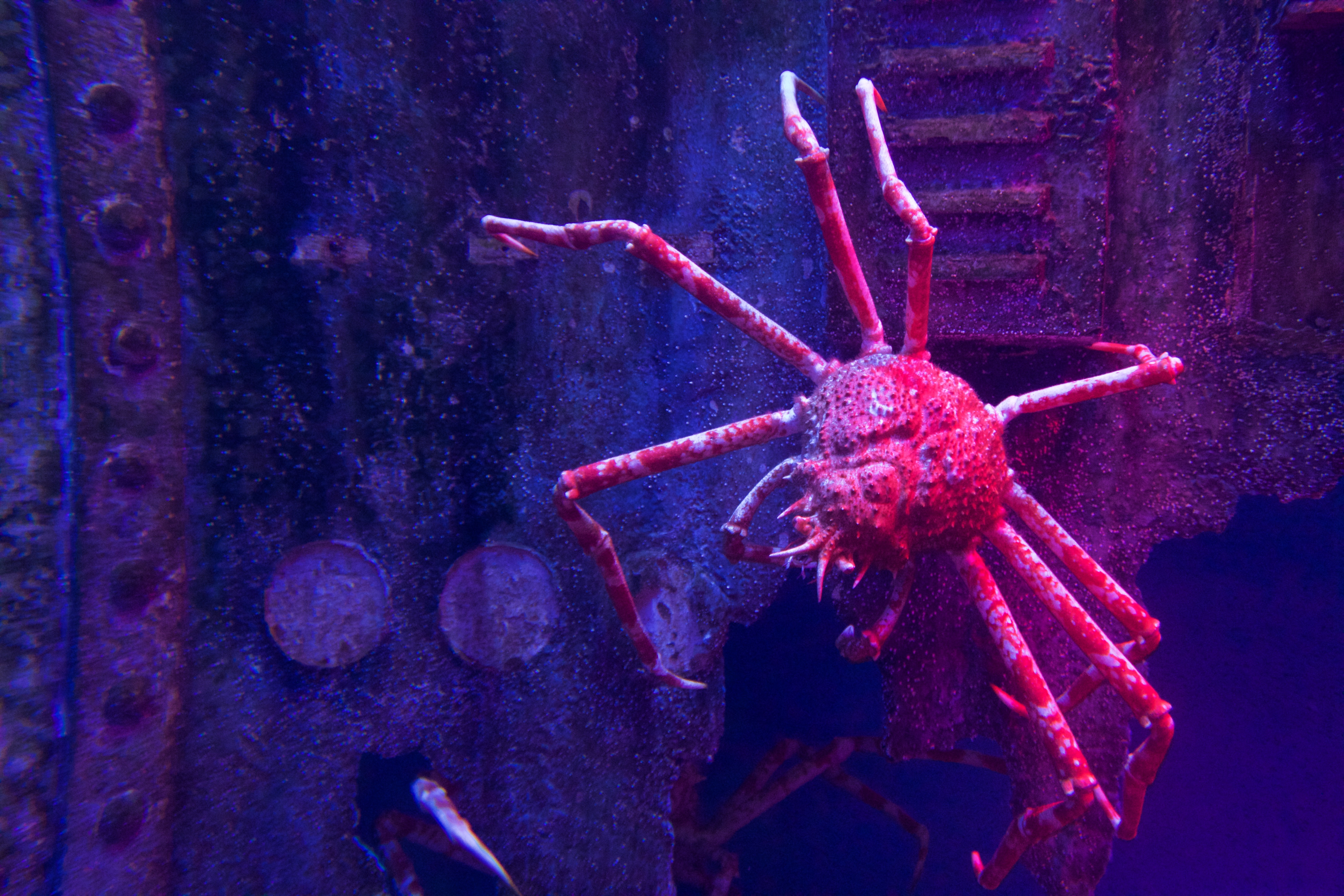



Japanese Spider Crabs Encyclopedia Of Life
The precise location depends on the species, since they can be found in estuaries and coral reefs, while other crabs prefer to live in the intertidal zone, which means that they live between the two tides, both high and low The Japanese spider crab (タカアシガニ takaashigani, "longlegged crab"), or Macrocheira kaempferi, is a species of marine crab that lives in the waters around Japan It has the largest leg span of any arthropod It is the subject of fishery and is considered a delicacy2 Two fossil species belonging to the same genus have been found, Macrocheira ginzanensis and Japanese Spider Crab Habitat are a subject that is being searched for and appreciated by netizens nowadays You can Download the Japanese Spider Crab Habitat here Save all royaltyfree images We Have got 9 pix about Japanese Spider Crab Habitat images, photos, pictures, backgrounds, and more



Japanese Spider Crab Facts Anatomy Diet Behavior Habitat




Japanese Spider Crab Wikipedia
Diet Japanese spider crabs are omnivorous and scavenge for food In its natural habitat it feeds on shellfish and dead animals They can eat algae, plants, mollusks and small fish, catching and tearing up the meat in their powerful pincers Their long legs enable them toJapanese spider crabs are the largest with leg spans that may reach 13 feet Other spider crabs included in this group include the portly spider crab, great spider crab and European spider crab The habitat of each type of spider crab is a bit different Japanese spider crabs are large crabs native to Japan's coastal ocean habitats The scientific name of a Japanese spider crab is Macrocheira kaempferi and it is from the family Inachidae, a family of crabs The leg span of Japanese spider crabs can reach up to 38 metres (125 feet) – a length greater than any extant anthropod, and the




Japanese Spider Crab By Jaeden Ventura
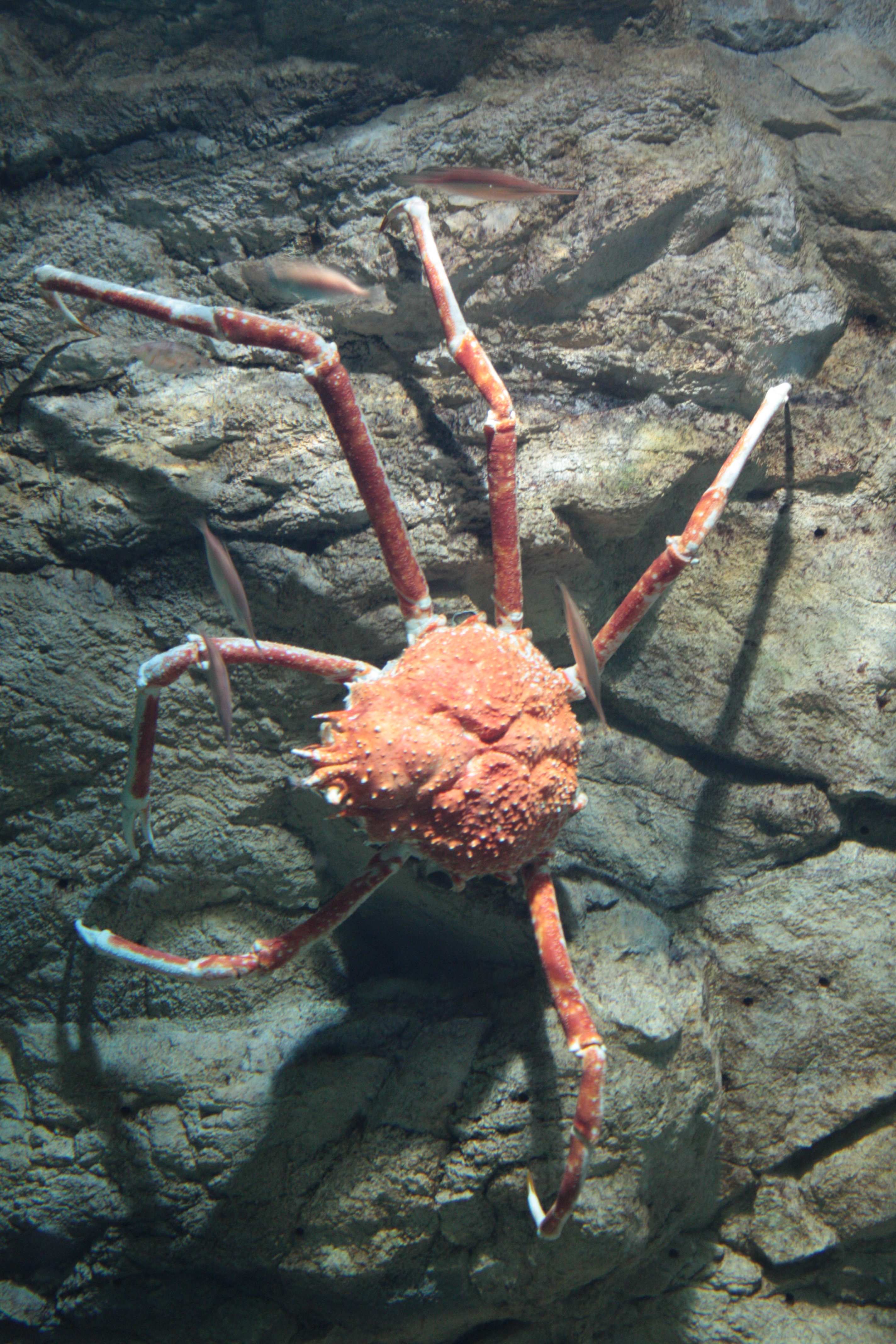



File Spider Crab In Spb Aquarium Jpg Wikimedia Commons
The Japanese giant spider crabs (Macrocheira kaempferi) are commonly found in the Japanese bays of Sagami, Suruga, and Tosa Their presence has also been recorded off the Kii peninsula and south of Su ao (eastern Taiwan) What is a Japanese spider crab's habitat?Japanese Spider Crab Facts Firstly, the astounding Japanese Spider Crab easily ranks as the largest known living arthropod However, that specifically applies in reference to its truly prodigious leg span Sadly, this incredible creature inhabits a rather seriously restricted zone of habitation This limited range therefore renders the crustacean especially vulnerable to numerous threatsHabitat Japanese spider crabs most often inhabit the sandy and rocky bottom of the continental shelf and slope at an average depth of meters They have, however been found at depths of 600 feet During spawning season the crabs spend most of their time in




Japanese Spider Crab Facts And Photos
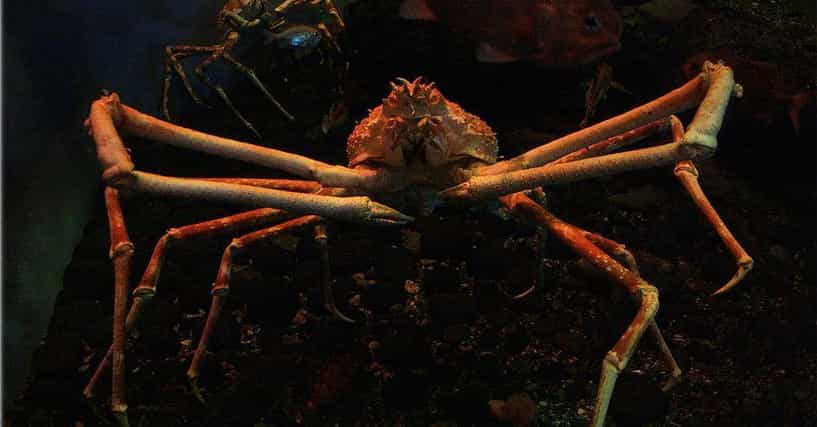



11 Creepy Facts About Japanese Spider Crabs
Japanese spider crabs are the largest of all the arthropods, have shells that range from orange to tan color, have long legs, and can be as long as around 13 feet from claw tip to claw tipThe Japanese spider crab will migrate to shallow waters (160 feet) during the breeding months of Spring (January to April) Males insert sperm into the female abdomen using their first two chelipeds (claws) Females lay up to one million eggs After a hatching Spider crabs come from Japan In fact, that is where ours come from too Tokyo Sealife gave us our spider crabs in exchange for some raggedtooth sharks many years ago They are deep sea animals and live in depths of up to 0m




Minden Pictures Japanese Or Japanes And Spider And Crab
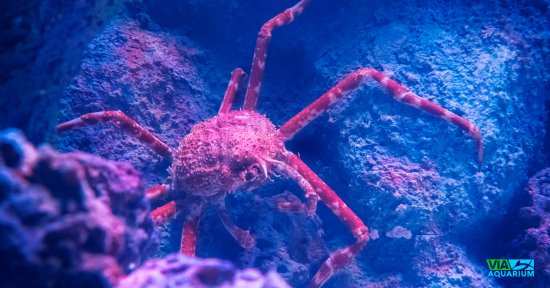



Japanese Spider Crab Picture Of Via Aquarium Schenectady Tripadvisor
Preparing a giant Japanese spider crab is no easy task Marcel Antonisse/Getty Images Much like regular crabs, the Japanese spider crab is harvested with trawling nets, but catching one in the spring mating season is strictly forbidden because the species has suffered population decline in the past, and this is an effort to protect them TheJapanese spider crab (Macrocheira kaempferi), the largest living species of crab, found on the bottom of the Pacific Ocean Libinia emarginata, the portly spider crab, a species of crab found in estuarine habitats on the east coast of North America Hyas, a genus of spider crabs, including the great spider crab Japanese Spider Crab The Japanese spider crab has the largest leg span of any living arthropod As such, we cannot technically consider it a macro species It does, however, demonstrate the incredible diversity of crabs as a group of animals It weighs up to 42 pounds (19kg) and measures up to 12 feet (38 m) wide
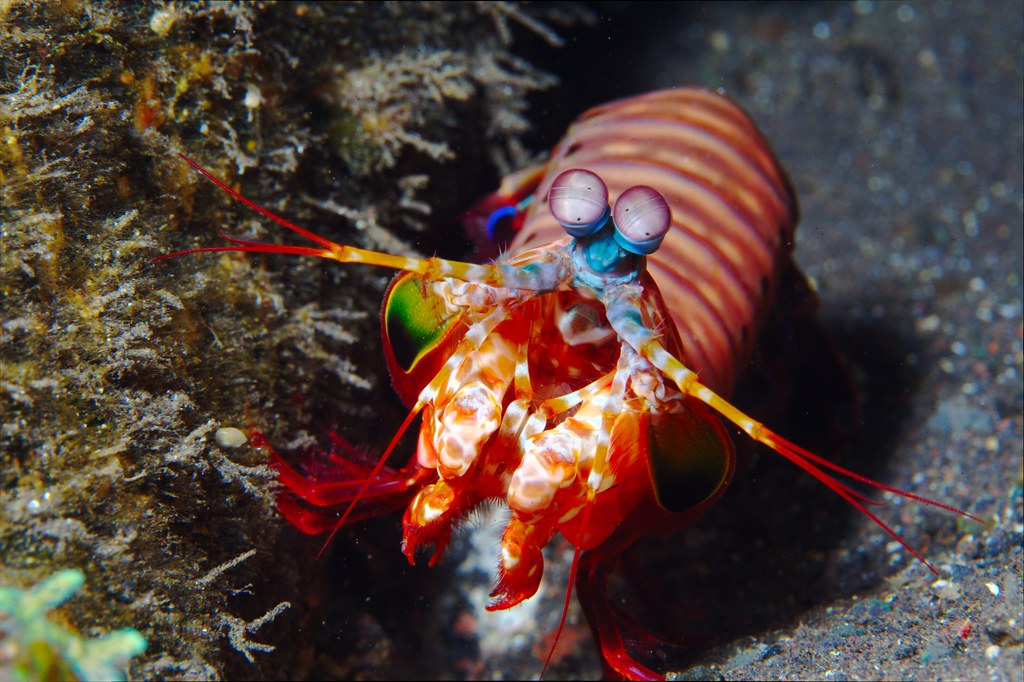



11 Creepy Facts About Japanese Spider Crabs




Angry Spidercrab Spider Crab Attacks An Underwater Camera Krab Monstr Atakuet Kameru Hd Youtube
Japanese giant spider crab Native range All suitable habitat Point map Year 2100 This map was computergenerated and has not yet been reviewed




Creature Feature Japanese Spider Crab
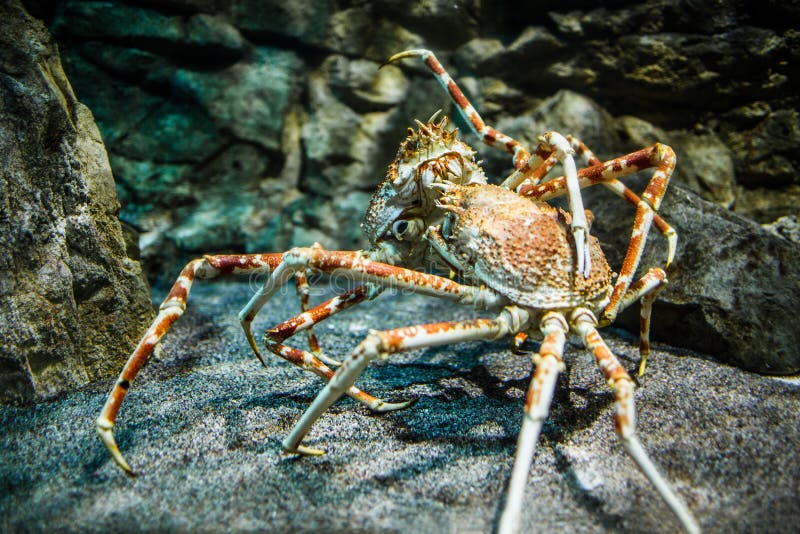



460 Japanese Spider Crab Photos Free Royalty Free Stock Photos From Dreamstime




What Is A Japanese Spider Crab Youtube




Japanese Spider Crab Habitat Lesson For Kids Study Com
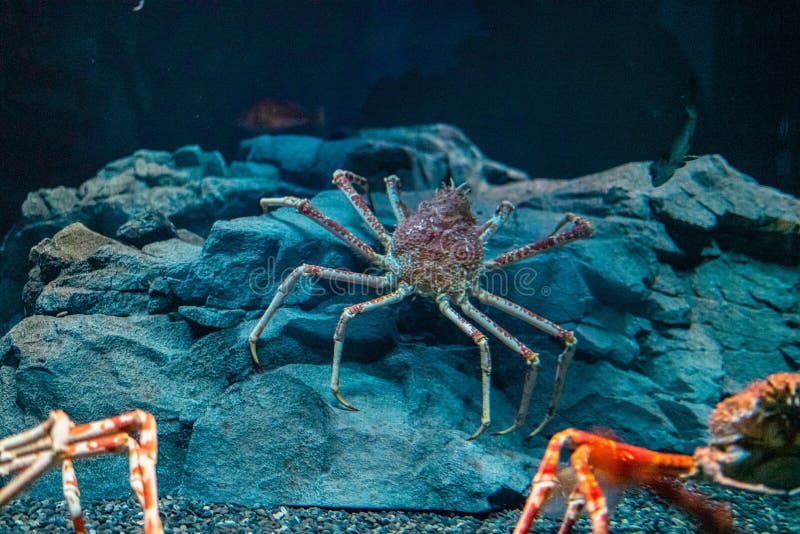



460 Japanese Spider Crab Photos Free Royalty Free Stock Photos From Dreamstime



Q Tbn And9gcscs1wztlkl9dqnpz8syuqqey8lraptpadcd8ymvyin2bcypvzt Usqp Cau




Japanese Giant Spider Crab Macrocheira Kaempferi Introduction Habitats Biology Utilization Fish Consulting Group



What Is The Habitat Of The Spider Crab Animals Mom Com




Japanese Spider Crab Macrocheira Kaempferi At The Kyoto Aquarium These Crabs Have The Longest Legspan Of Any Arthropod And Can Live To Be About 100 Years Old Oc Aquariums




Introspective World Japanese Spider Crab




Facts The Japanese Spider Crab Youtube
/cloudfront-us-east-1.images.arcpublishing.com/gray/7X4RDYURWNDRFI3TUNZAMMXECQ.jpg)



Watch Time Lapse Of Japanese Spider Crab Molting
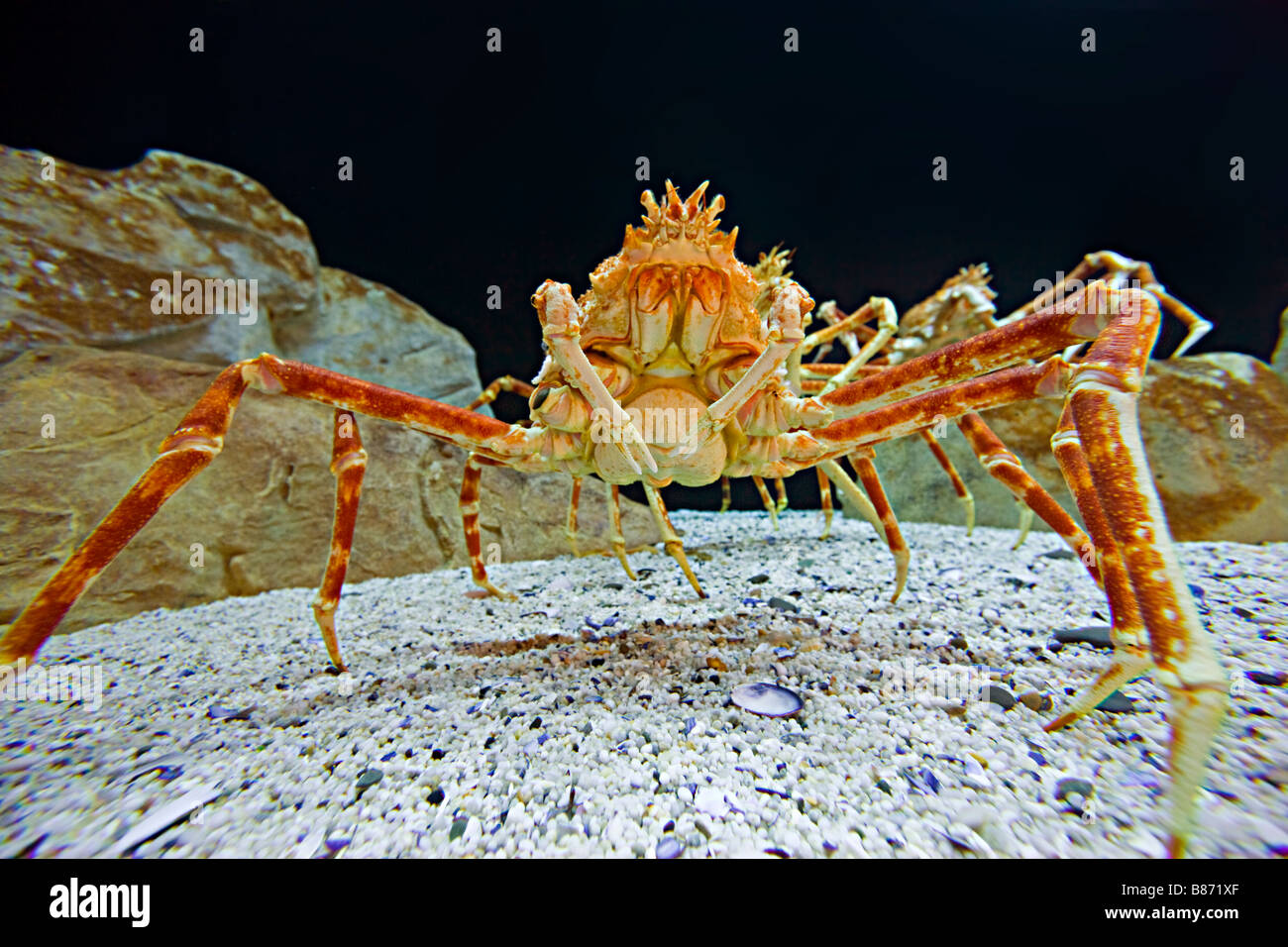



The Giant Japanese Spider Crab Macrocheira Kaempferi Stock Photo Alamy




10 Reasons Why The Giant Spider Crab Is The Crustacean Of Your Nightmares Viralnova
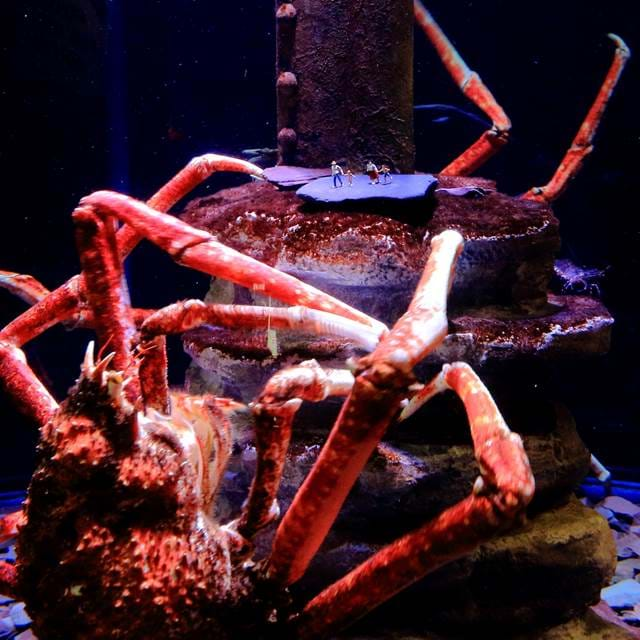



Giant Spider Crab Sea Life Bangkok Ocean World




What Is The Biggest Crab Japanese Crab The Largest On The Planet
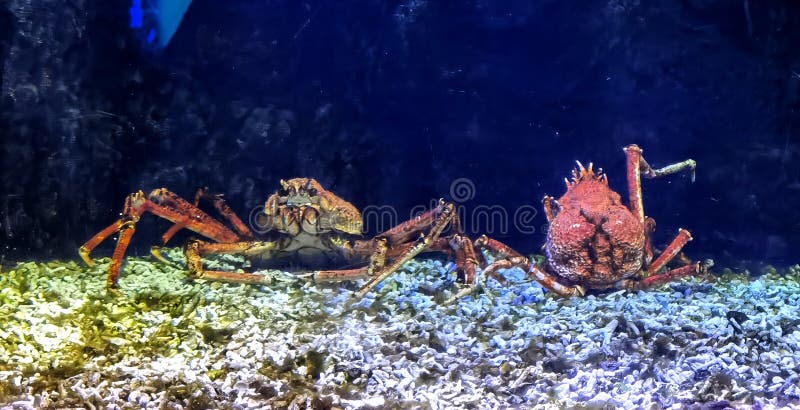



460 Japanese Spider Crab Photos Free Royalty Free Stock Photos From Dreamstime
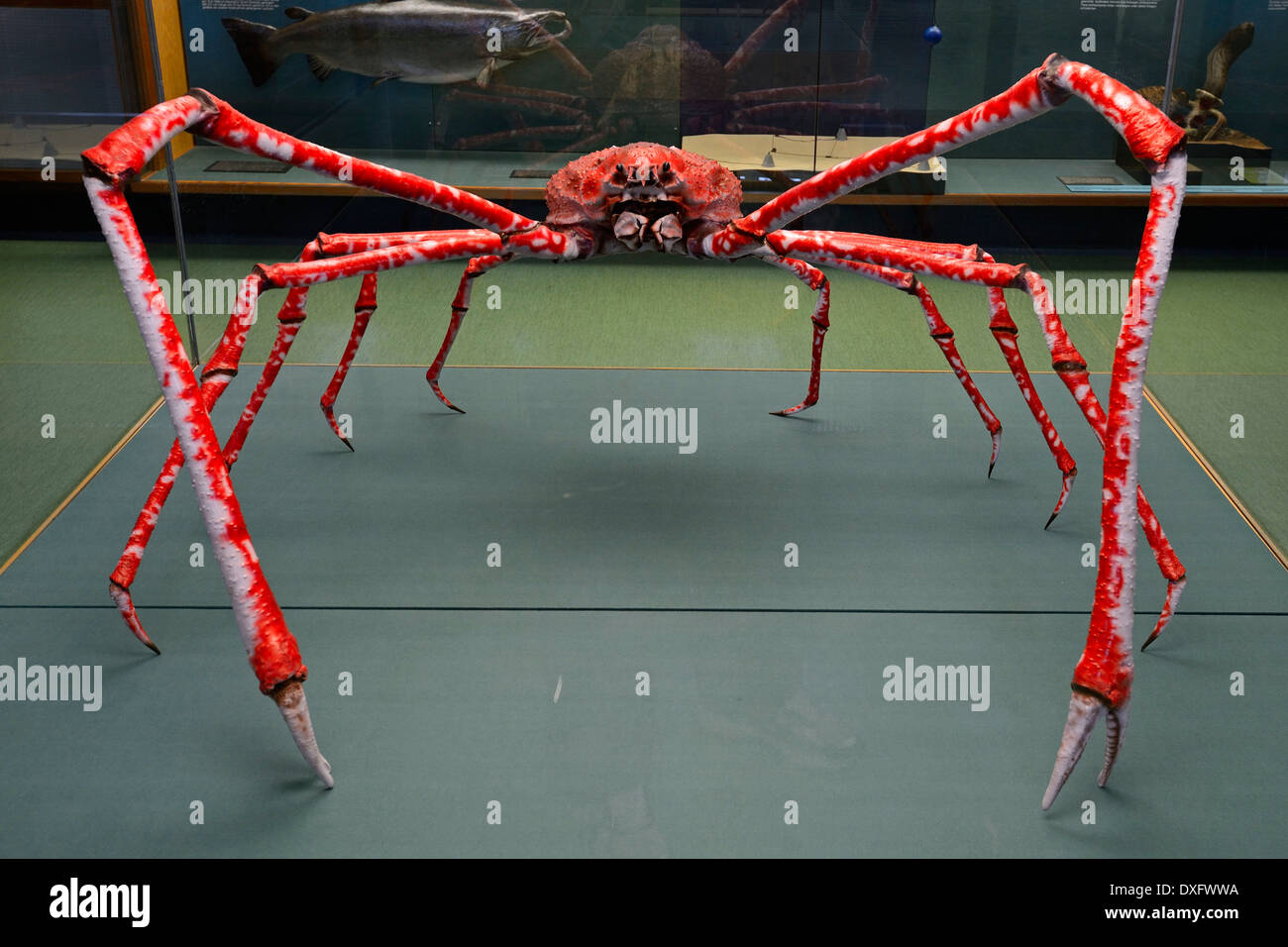



Japanese Spider Crab Preserved Specimen Exhibition At Meeresmuseum Oceanographic Museum Hanseatic City Of Stralsund Stock Photo Alamy




Japanese Spider Crab Macrocheira Kaempferi Other
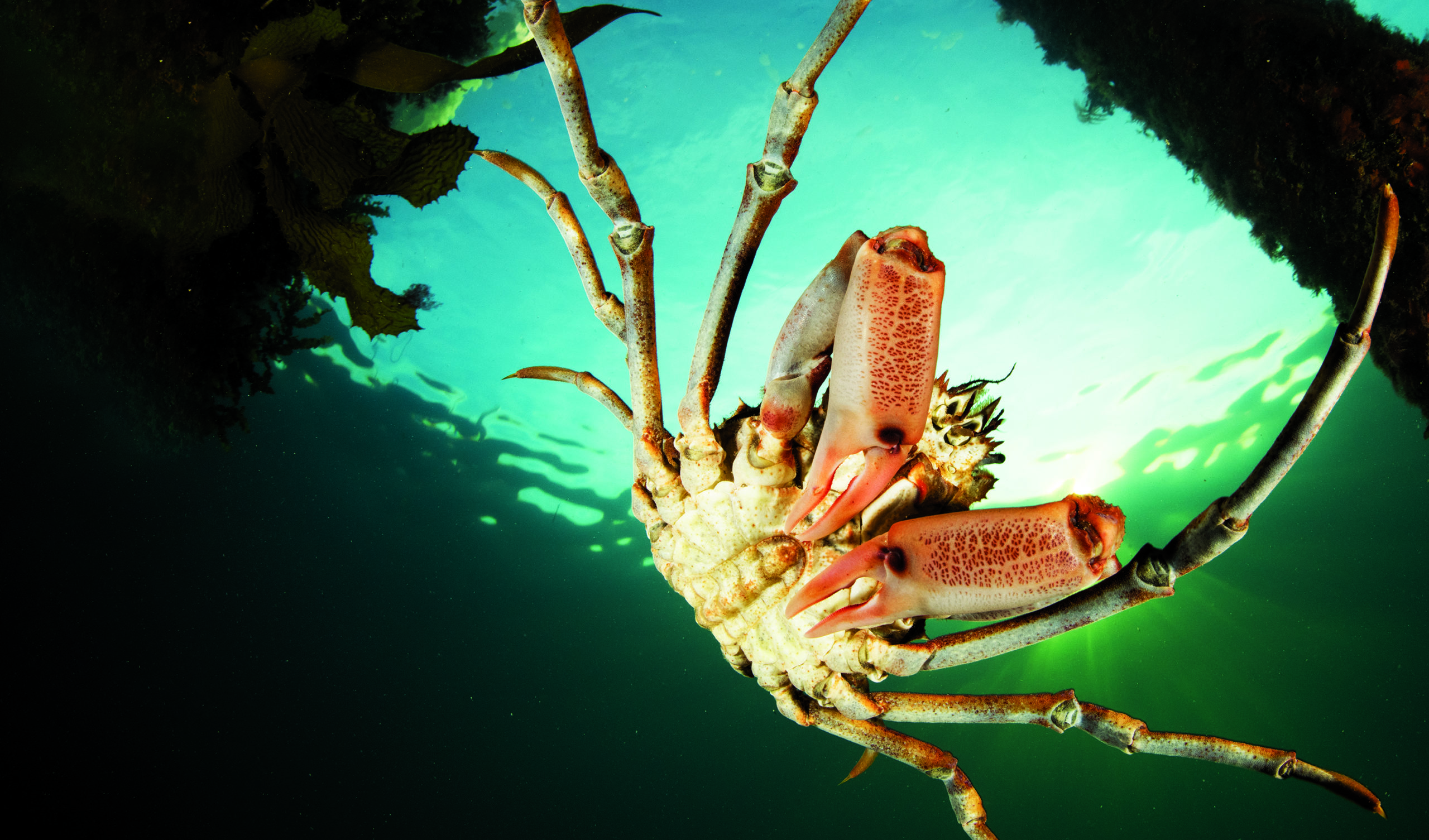



March Of The Spider Crabs Australian Geographic




Japanese Spider Crab Habitat Lesson For Kids Study Com
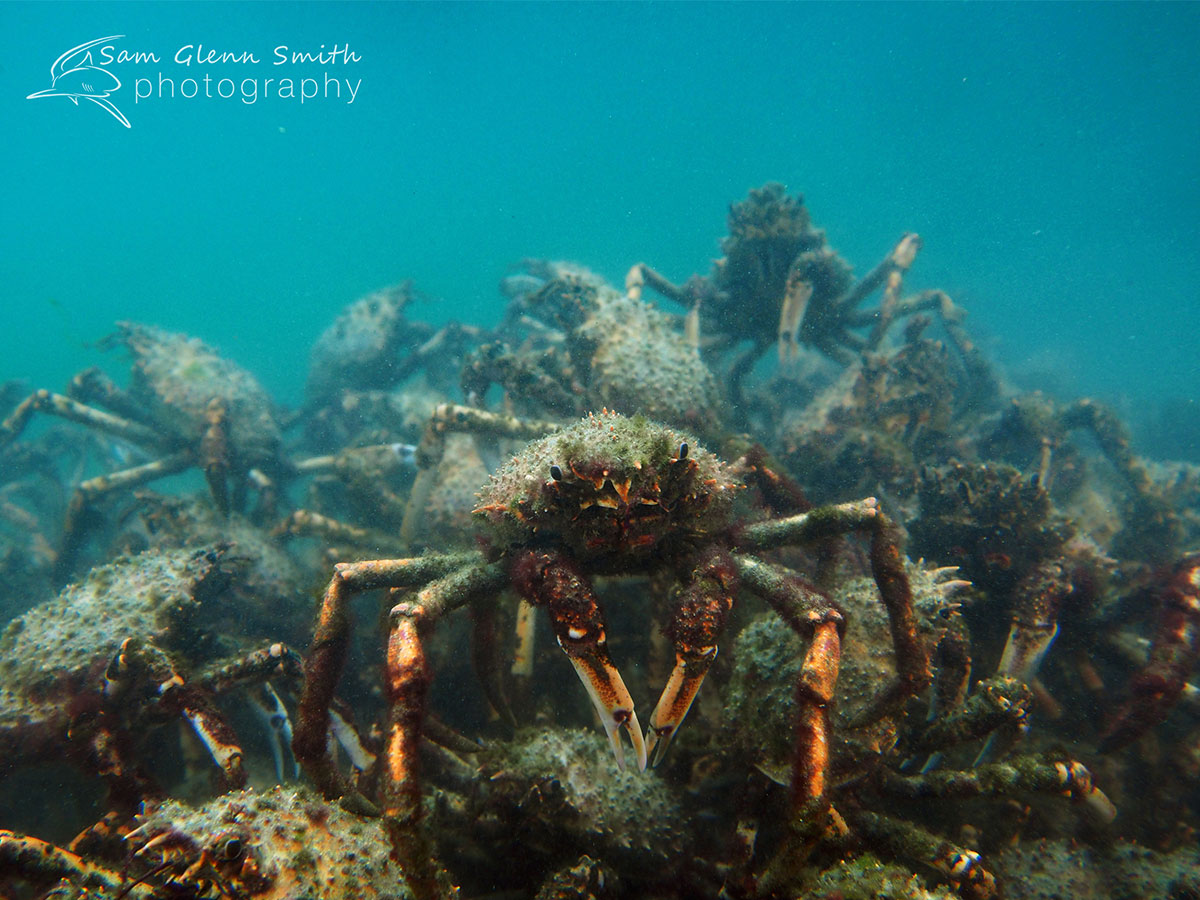



Giant Spider Crabs Melbourne The Scuba Doctor
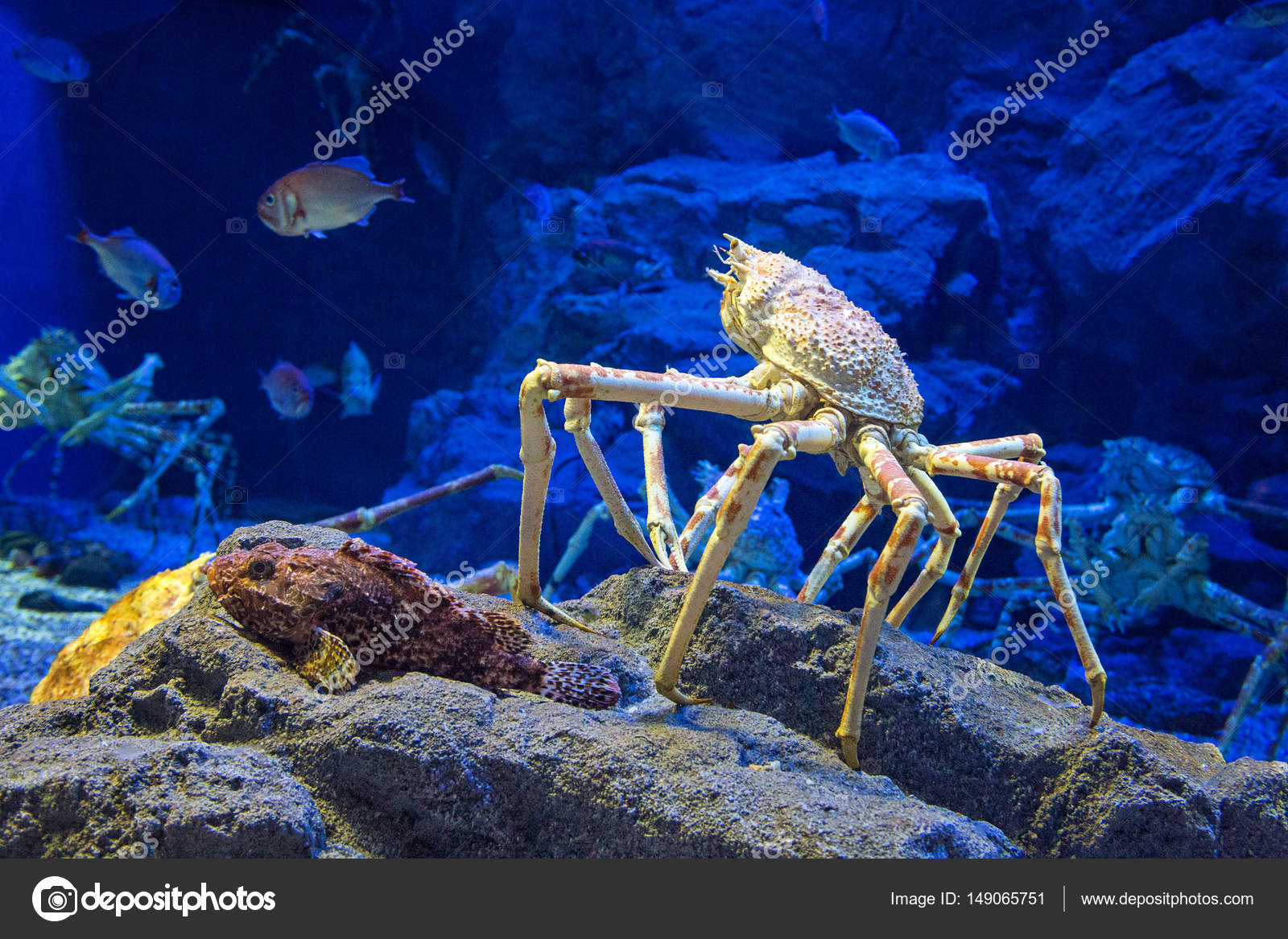



Japanese Spider Crab Stock Photo By C Rixipix
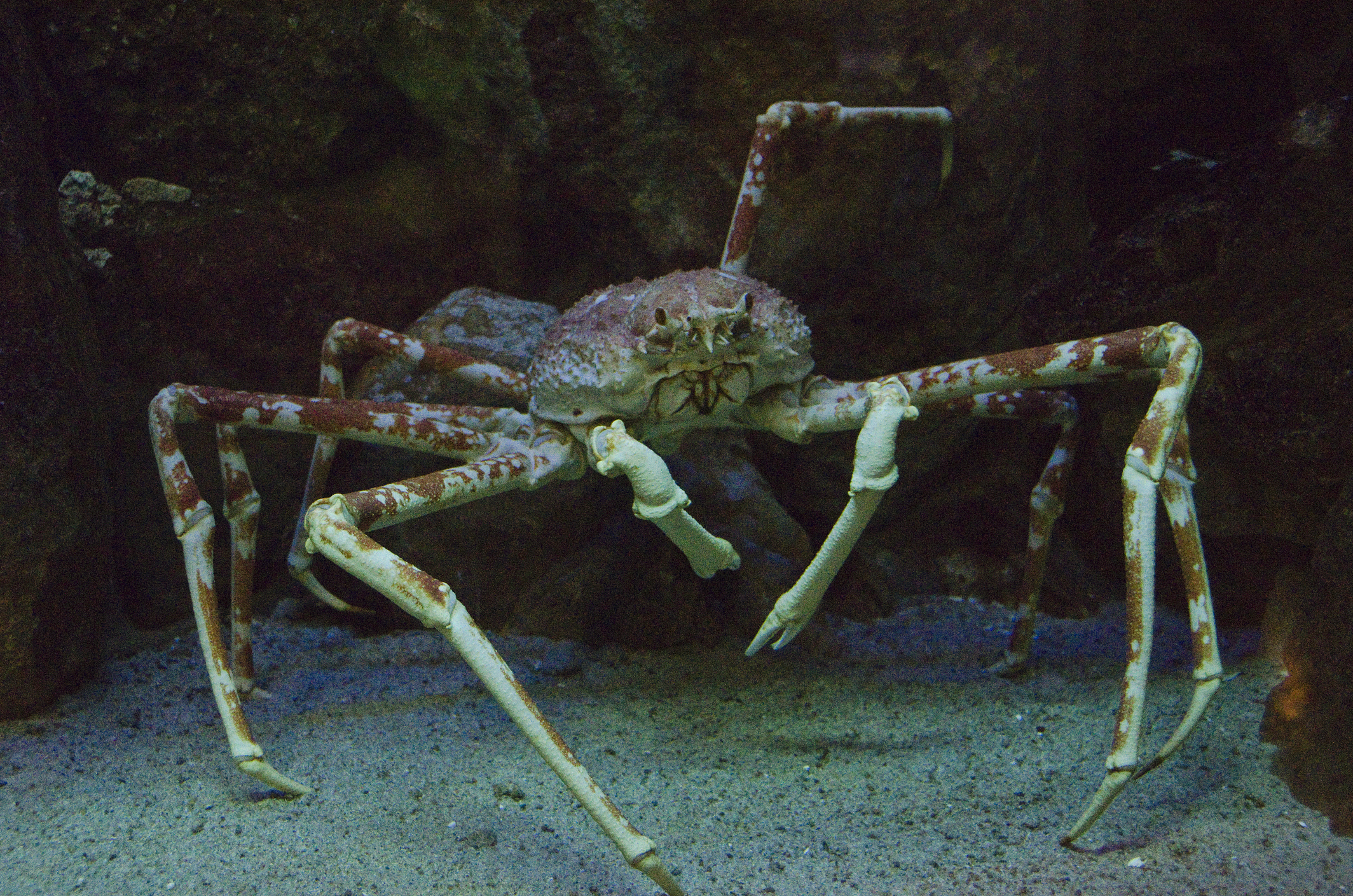



Creatures Of The Deep Giant Spider Crab Offshore Supply




Everything You Need To Know About Japanese Giant Spider Crabs




Meet The Japanese Spider Crab The Daddy Long Legs Of The Sea
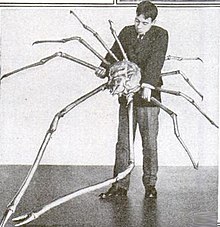



Japanese Spider Crab Wikipedia
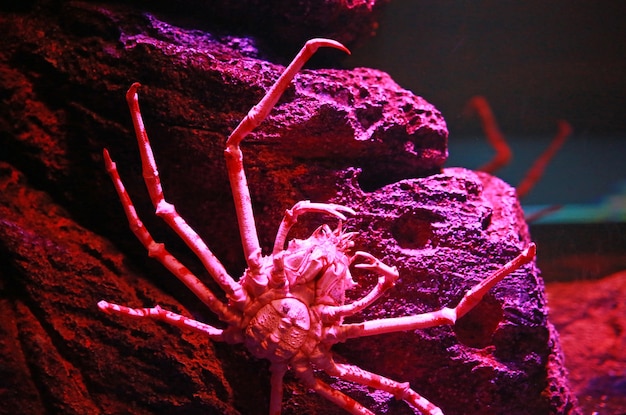



Premium Photo Giant Japanese Spider Crab




Hunstanton Sea Life Sanctuary Aquarium
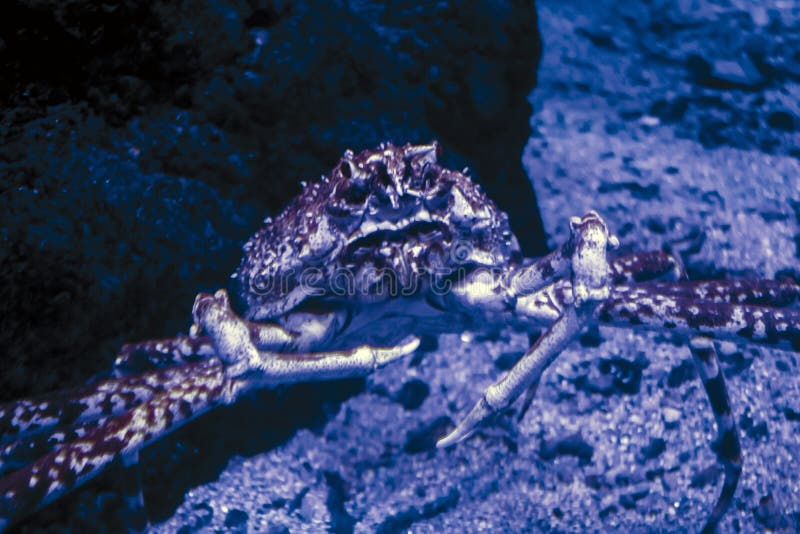



342 Giant Japanese Spider Crab Photos Free Royalty Free Stock Photos From Dreamstime
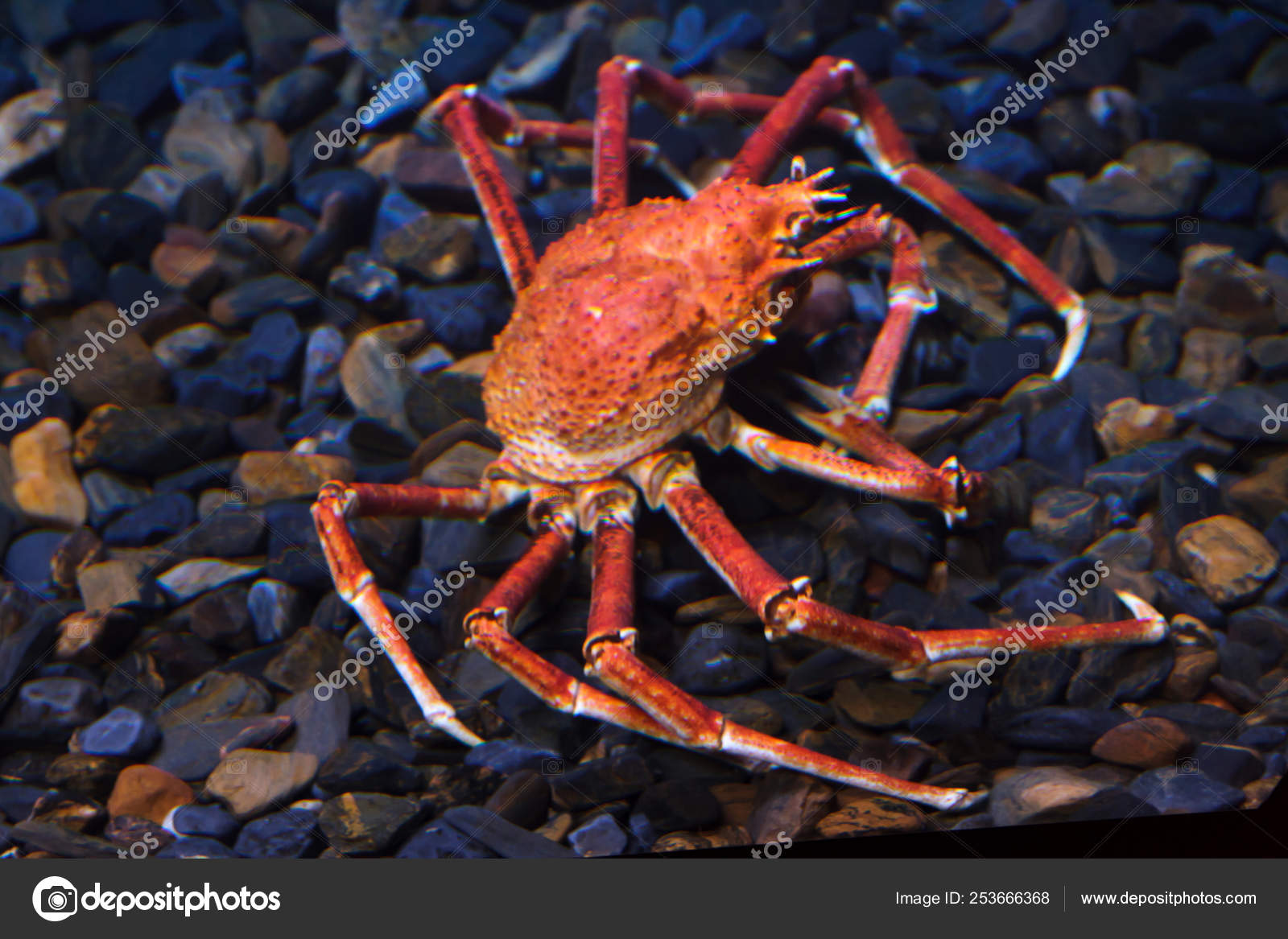



240 Japanese Spider Crab Stock Photos Free Royalty Free Japanese Spider Crab Images Depositphotos
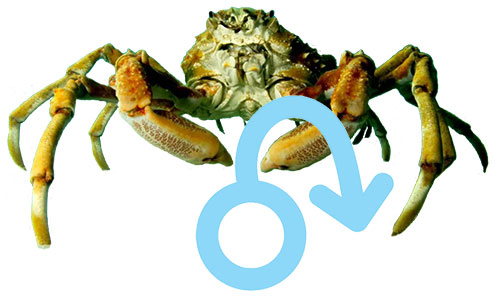



Giant Spider Crabs Melbourne The Scuba Doctor




10 Surprising Japanese Spider Crab Facts That Will Amaze You
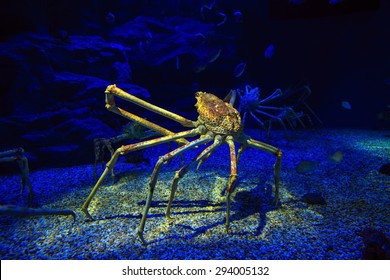



Japanese Spider Crab Hd Stock Images Shutterstock
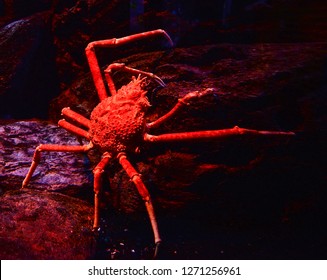



Japanese Spider Crab Hd Stock Images Shutterstock




Japanese Spider Crab Facts For Kids
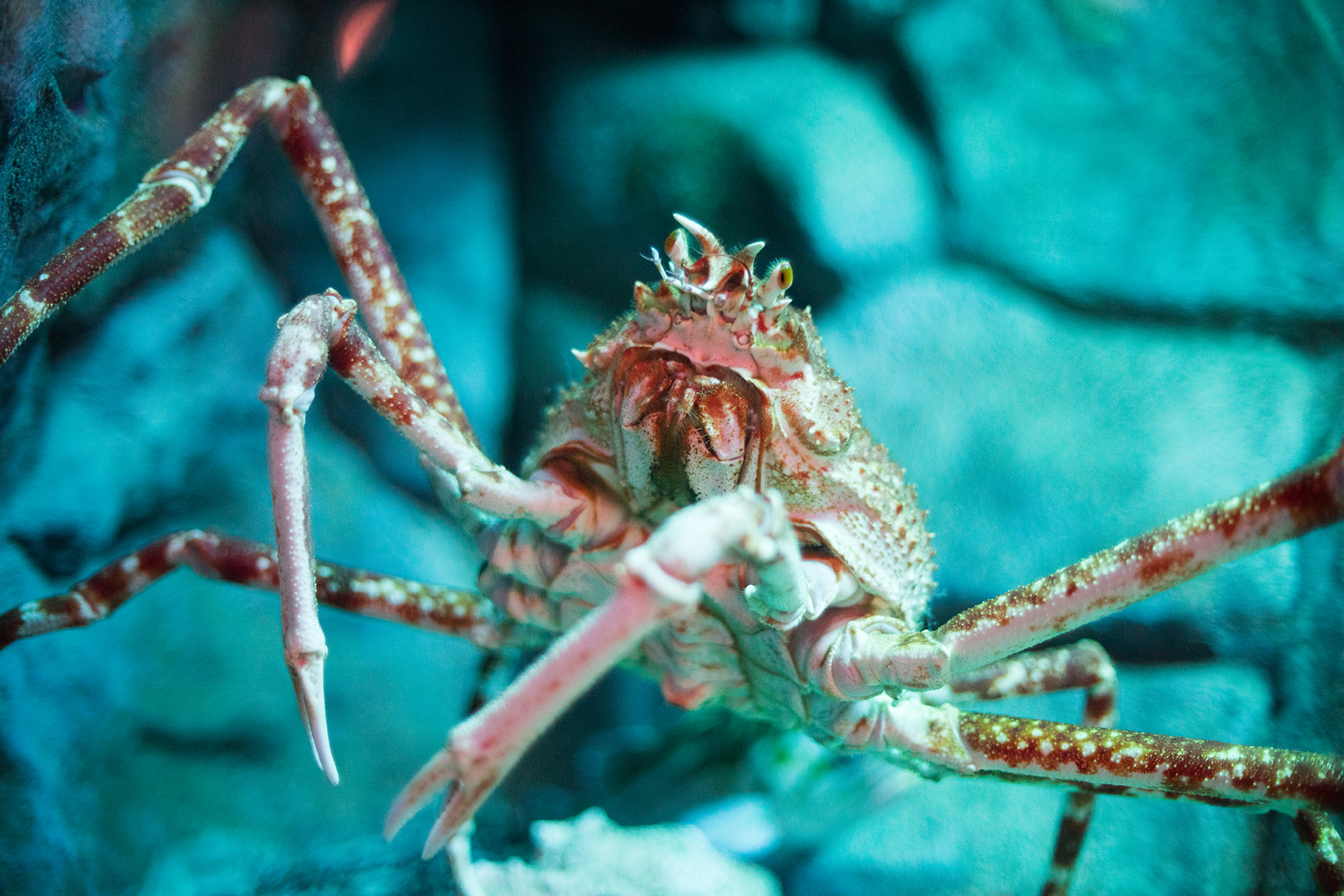



Japanese Spider Crab The Living Planet Aquarium
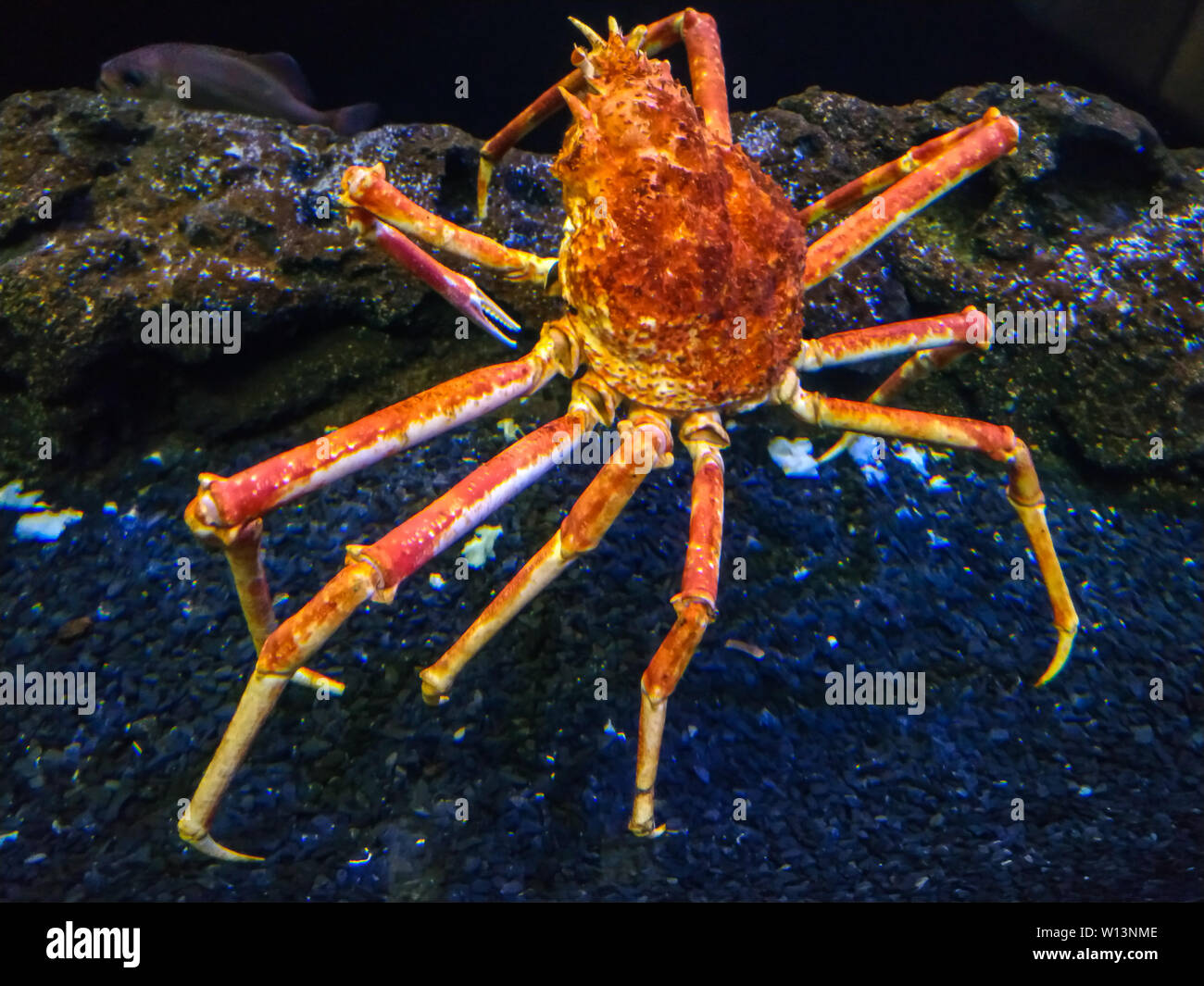



Japanese Spider Crab High Resolution Stock Photography And Images Alamy




Japanese Spider Crab Sea Life Munich
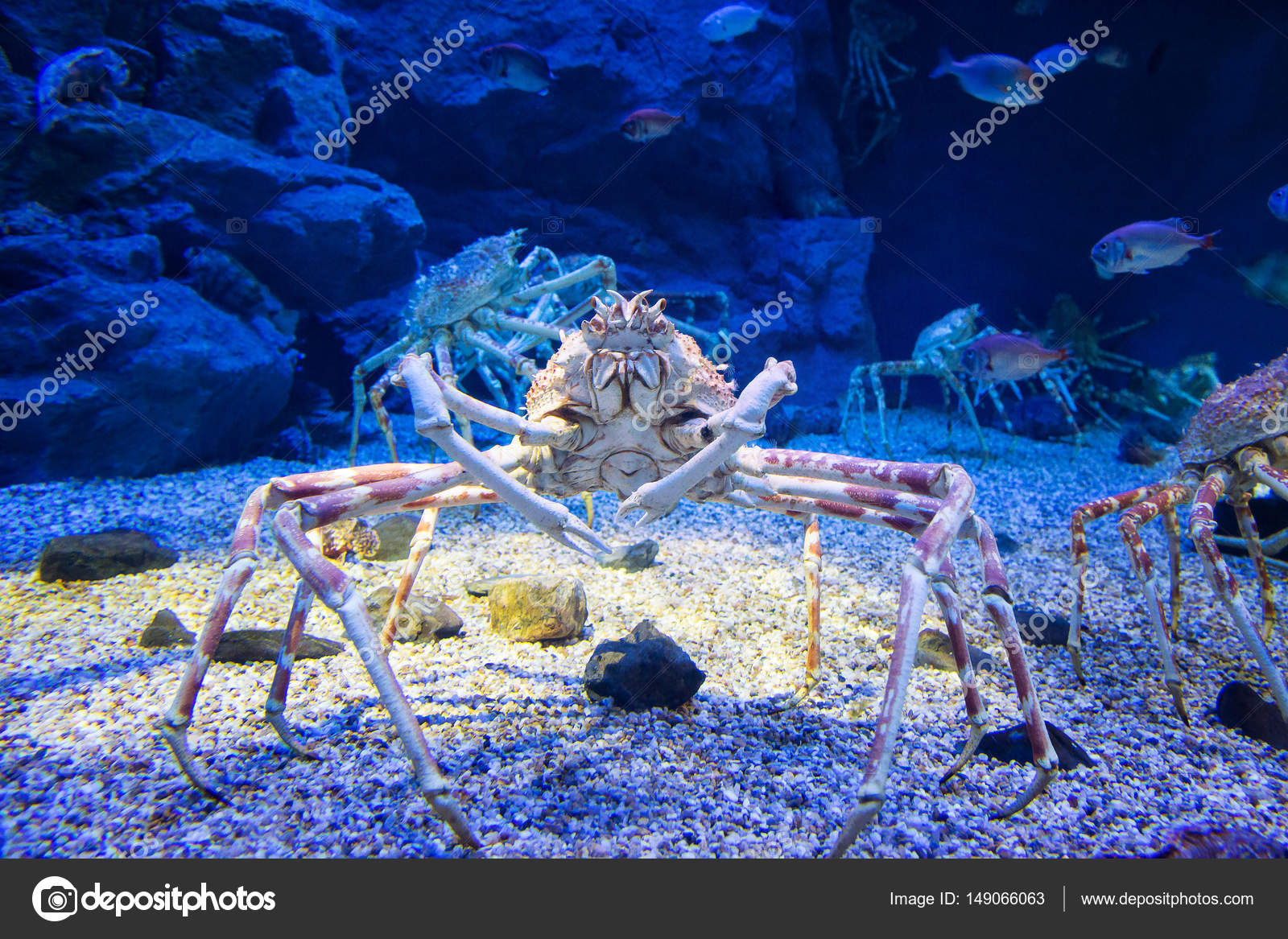



240 Japanese Spider Crab Stock Photos Free Royalty Free Japanese Spider Crab Images Depositphotos




Japanese Giant Spider Crab Macrocheira Kaempferi Introduction Habitats Biology Utilization Fish Consulting Group
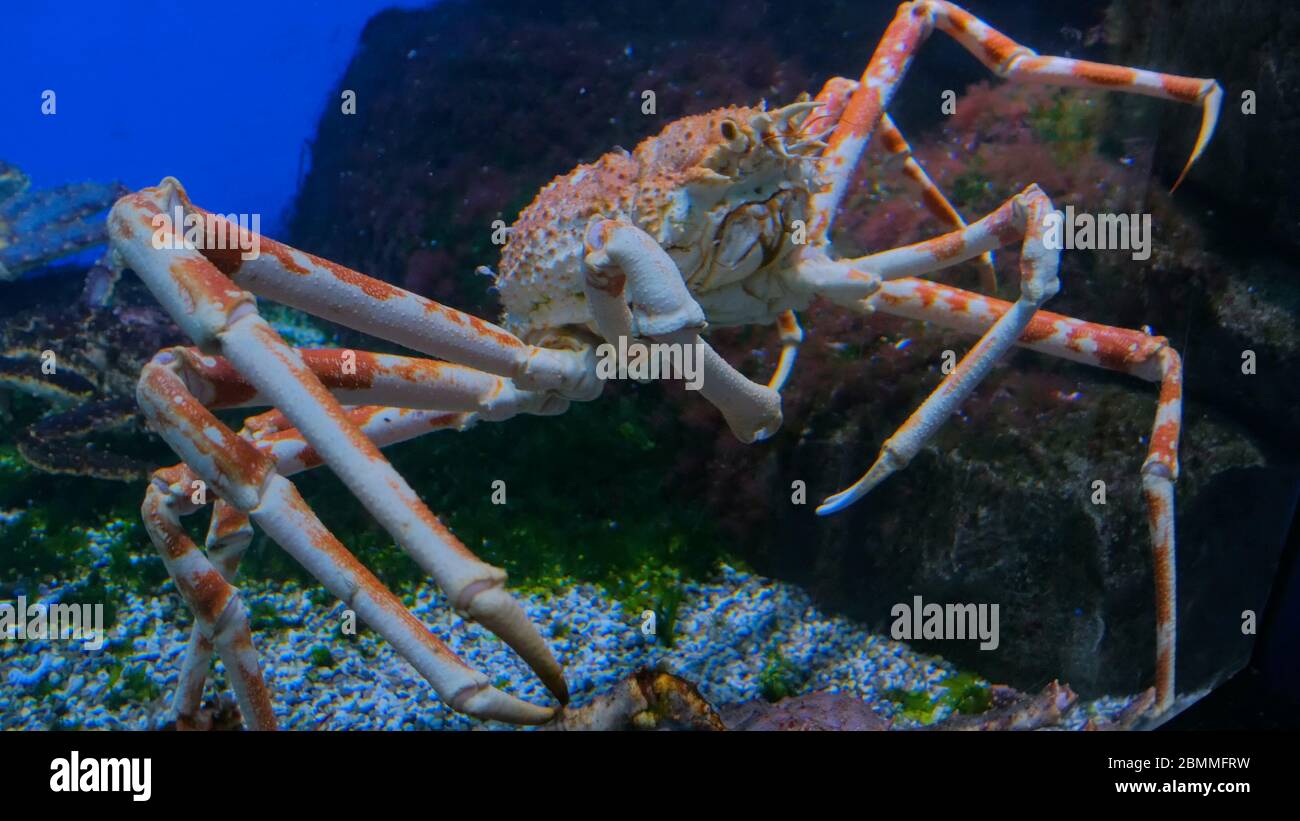



Japanese Spider Crab High Resolution Stock Photography And Images Alamy




Macrocheira Kaempferi Japanese Giant Spider Crab
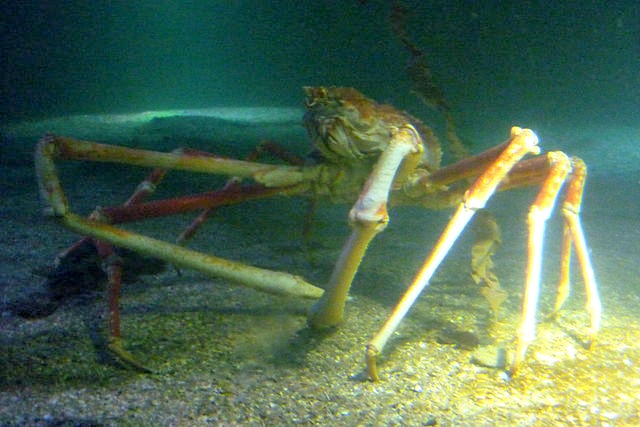



Giant Japanese Spider Crab Facts Always Learning




Wildlife In Japan Animals Around The Globe




Japanese Spider Crab Wikipedia




Japanese Spider Crab On Behance
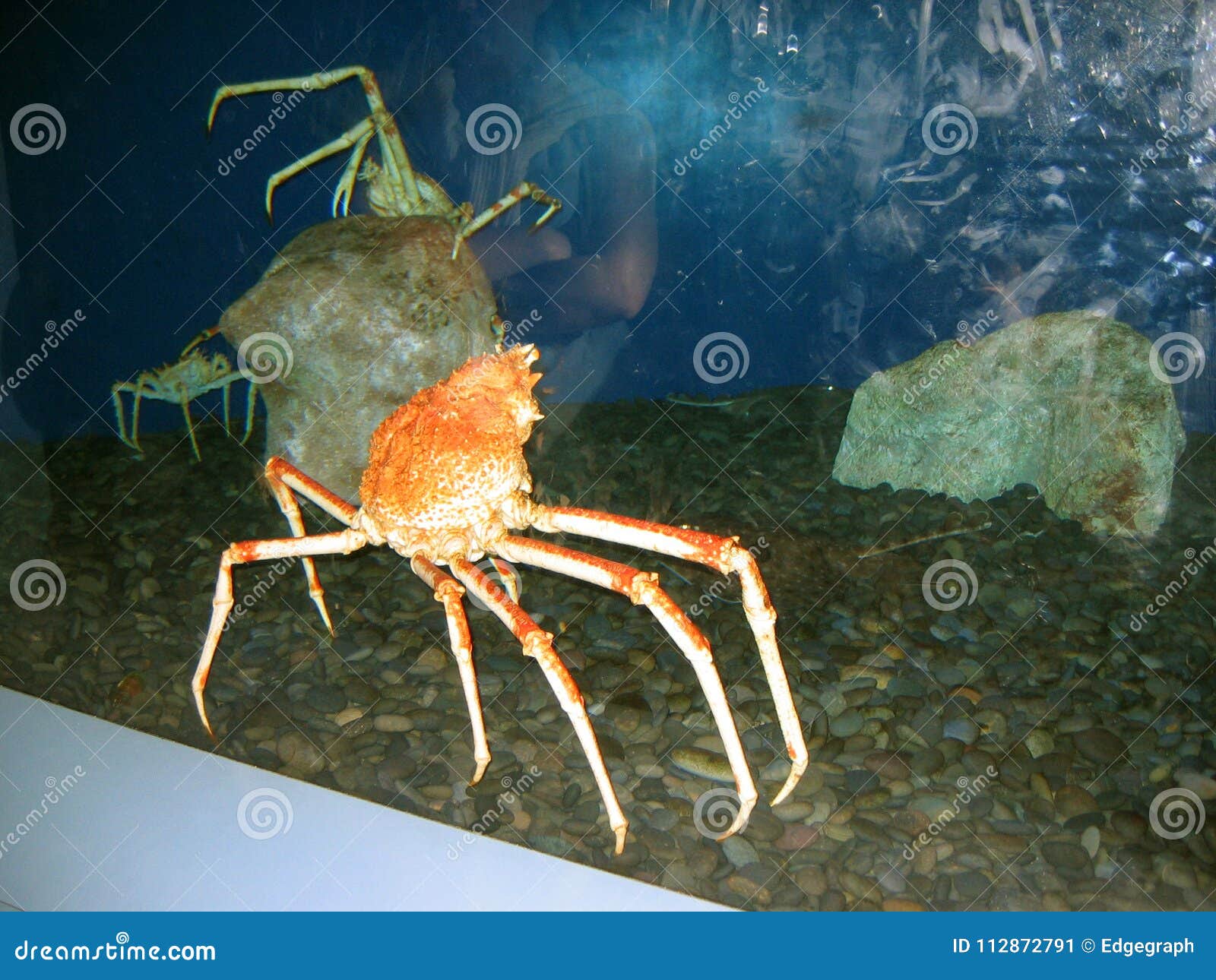



Japanese Spider Crabs Aquarium Of The Pacific Long Beach California Usa Stock Image Image Of Habitat Aquarium
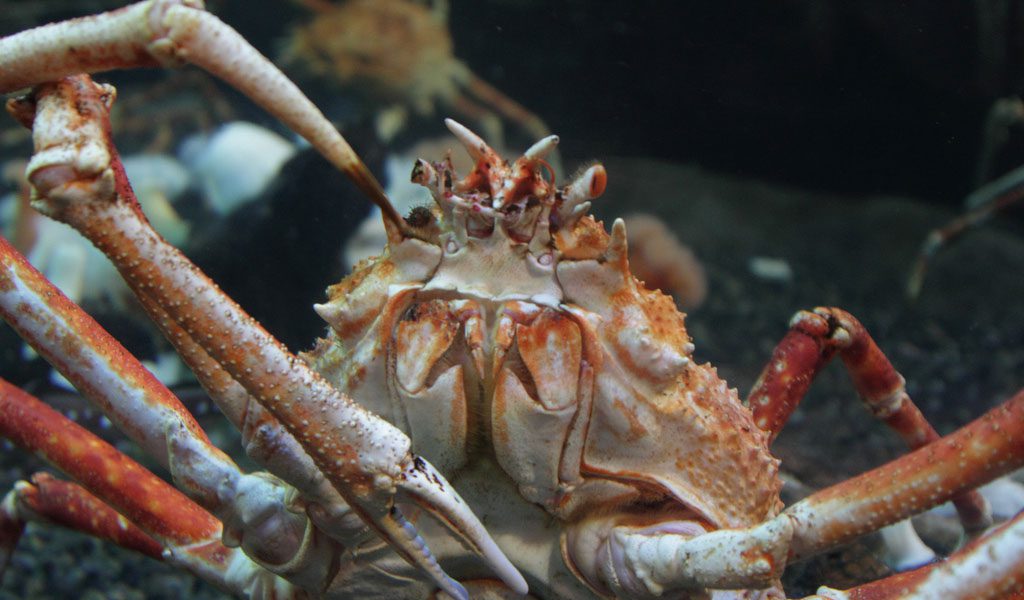



Japanese Spider Crabs Facts Information Pictures



Japanese Spider Crabs All About The Giant And Scary Crabs



Japanese Spider Crab Weird Creature



Q Tbn And9gcsg Akm4mhs Hzi7nnkmb7stp3alhngxlysskgognhjby2nrqmp Usqp Cau




Spider Crabs Make A Scientific Splash Point Defiance Zoo Aquarium




Japanese Spider Crab Smithsonian Ocean



Q Tbn And9gcqbfqzpukzxjcglzzurhnrgvdgms1an 72a4ttzaa3yiidv3zcc Usqp Cau




Japanese Spider Crab Wikipedia




Japanese Spider Crab Exequy S Blog




Japanese Spider Crab Facts Anatomy Diet Behavior Habitat
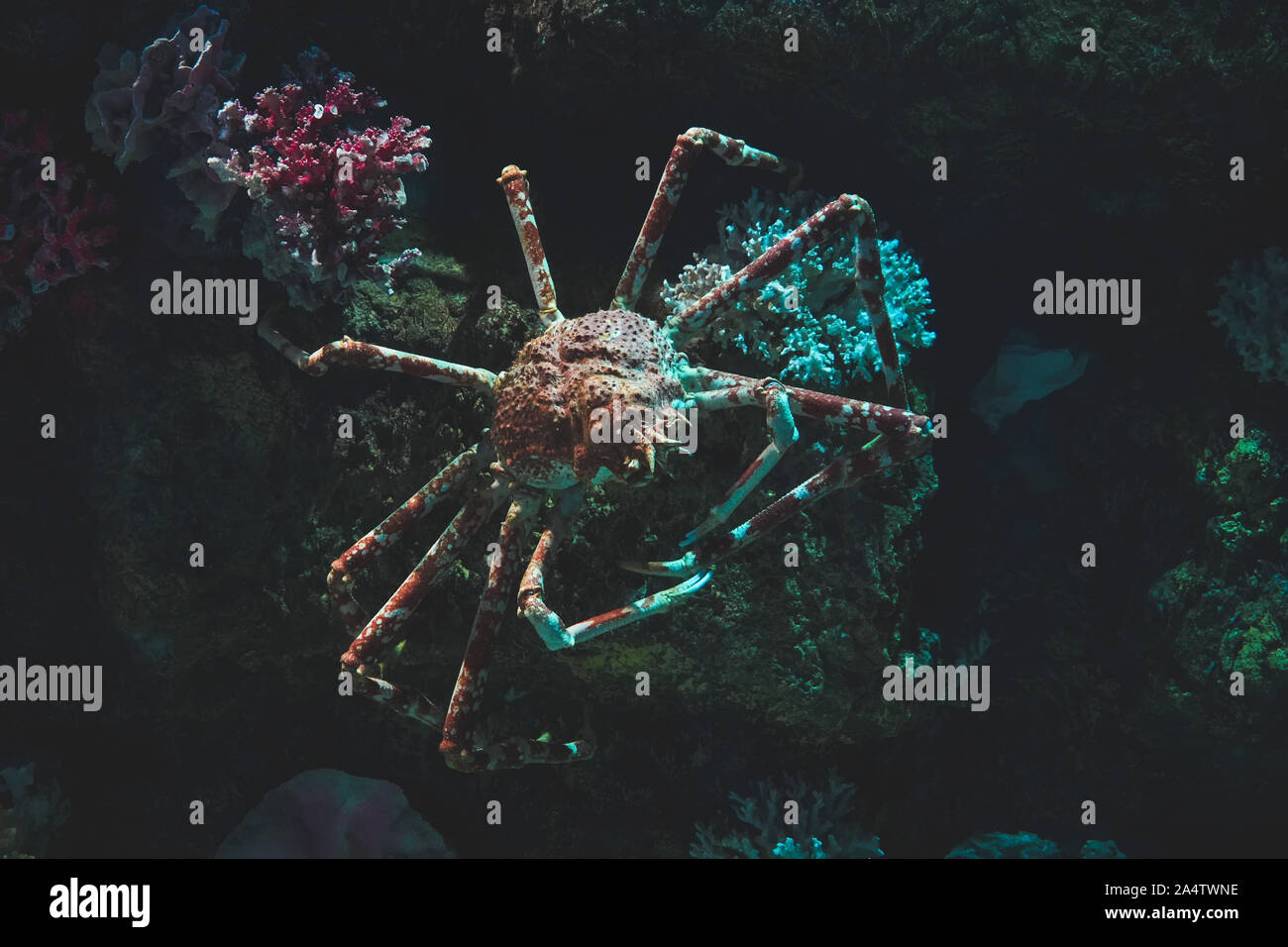



Giant Spider Crab In Their Natural Habitat In The Dark Stones Stock Photo Alamy




What Is The Biggest Crab Japanese Crab The Largest On The Planet



Japanese Spider Crabs All About The Giant And Scary Crabs
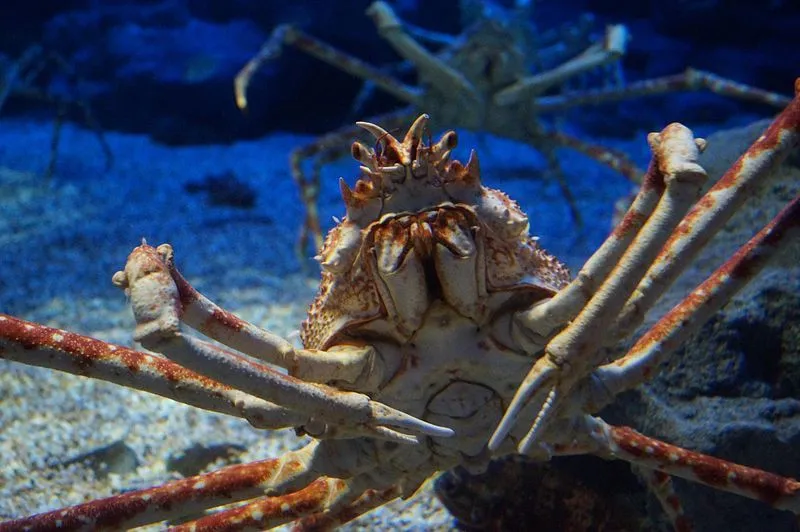



Spider Crab 15 Facts You Won T Believe



Q Tbn And9gcrlz1xwlnpfhoywqdyn Oji1lqjintv5d2pvrxcrexmad9xuanr Usqp Cau
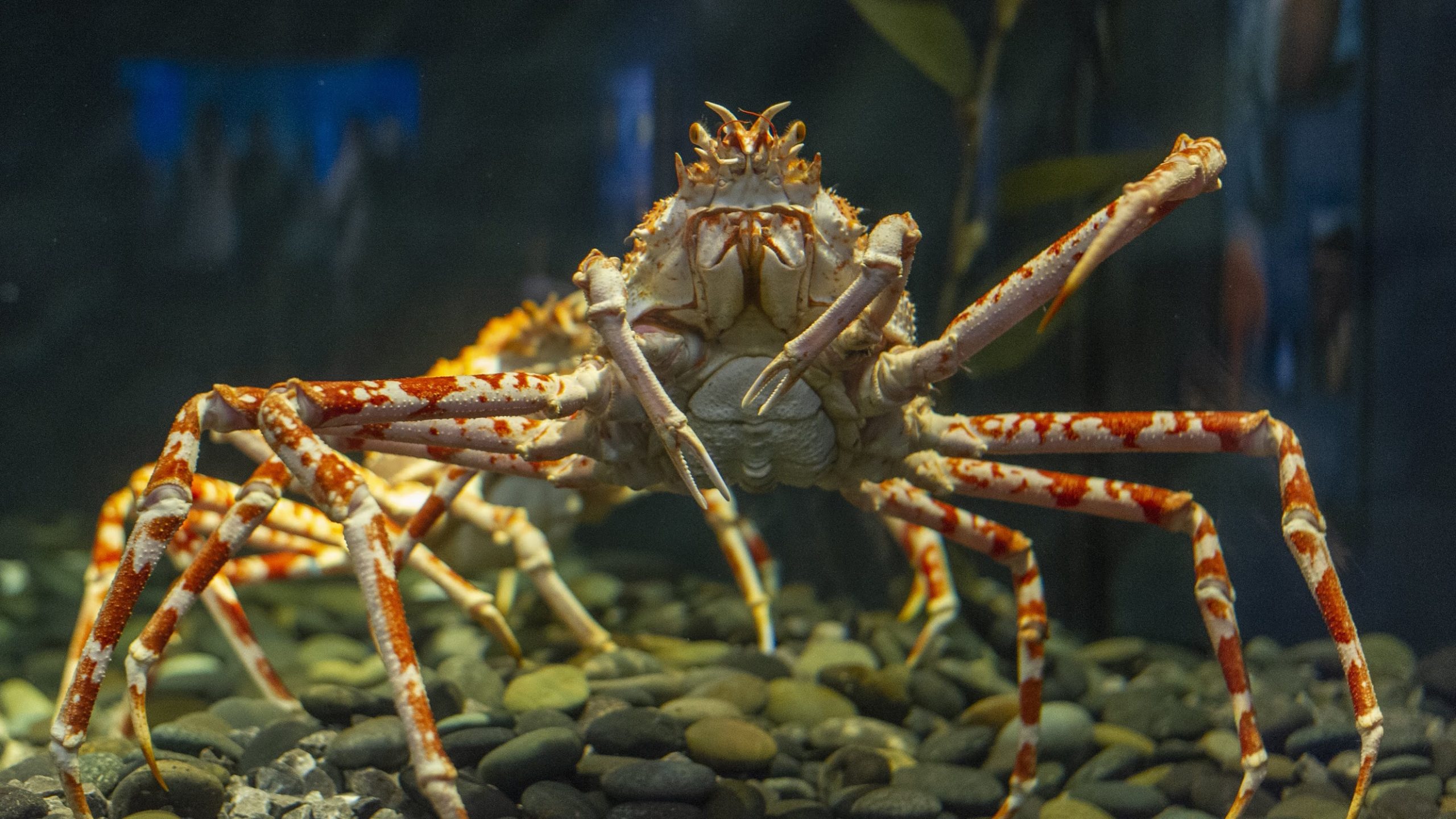



Giant Japanese Spider Crab Tennessee Aquarium
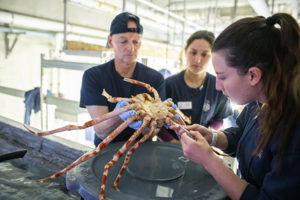



Spider Crabs Make A Scientific Splash Point Defiance Zoo Aquarium



Japanese Spider Crabs All About The Giant And Scary Crabs
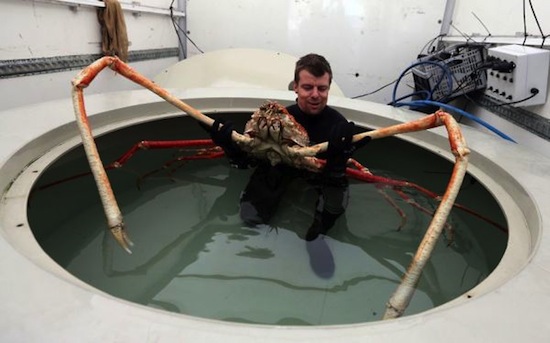



Japanese Spider Crabs Twelve Feet Of Legs Kids Discover



Japanese Spider Crabs Pop Books Online




21 Creepy Facts About The Japanese Spider Crab Animal Stratosphere




Watch Creepy Footage Of A Japanese Spider Crab As It Moults Out Of Its Shell Shropshire Star
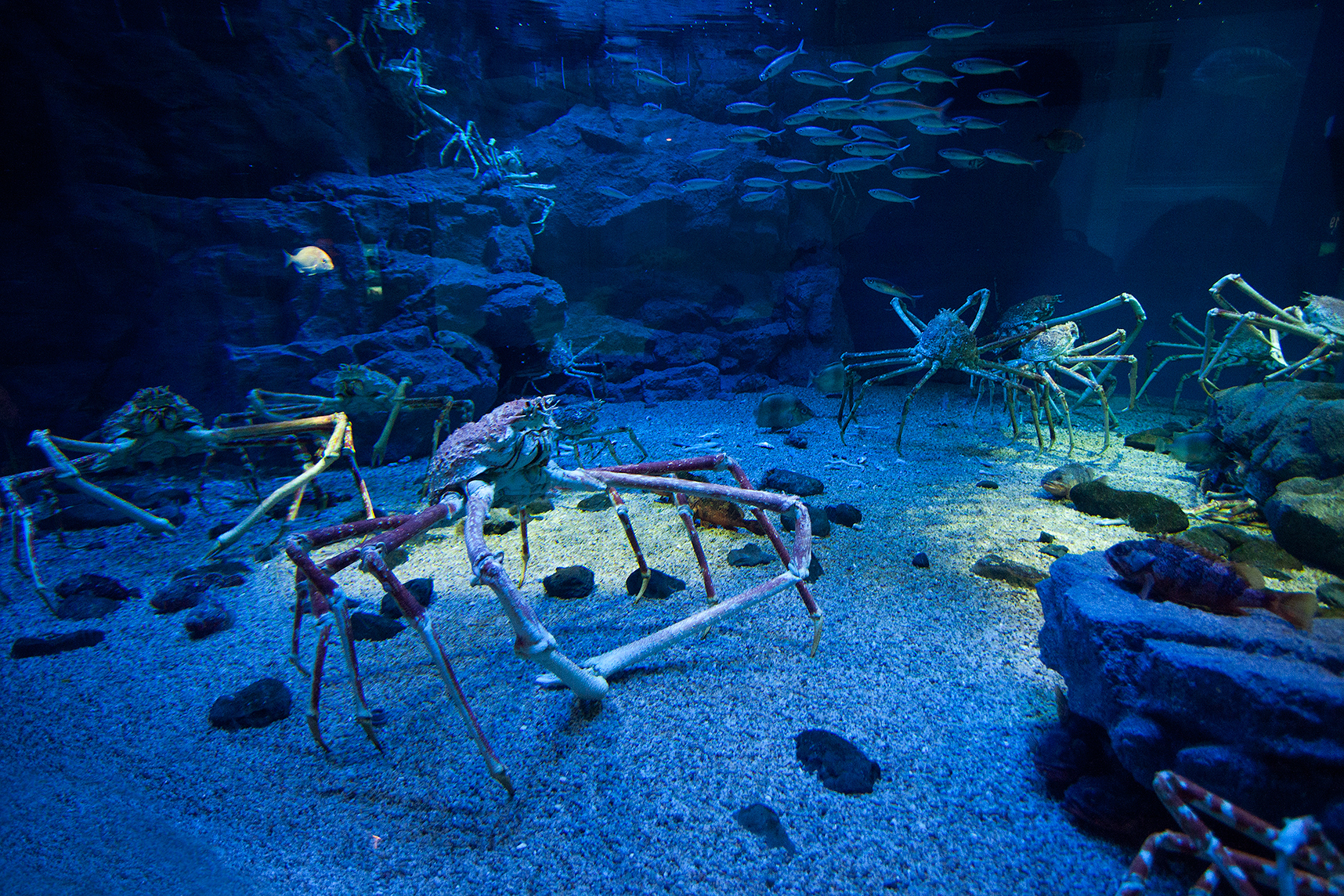



Spider Crabs Media Encyclopedia Of Life
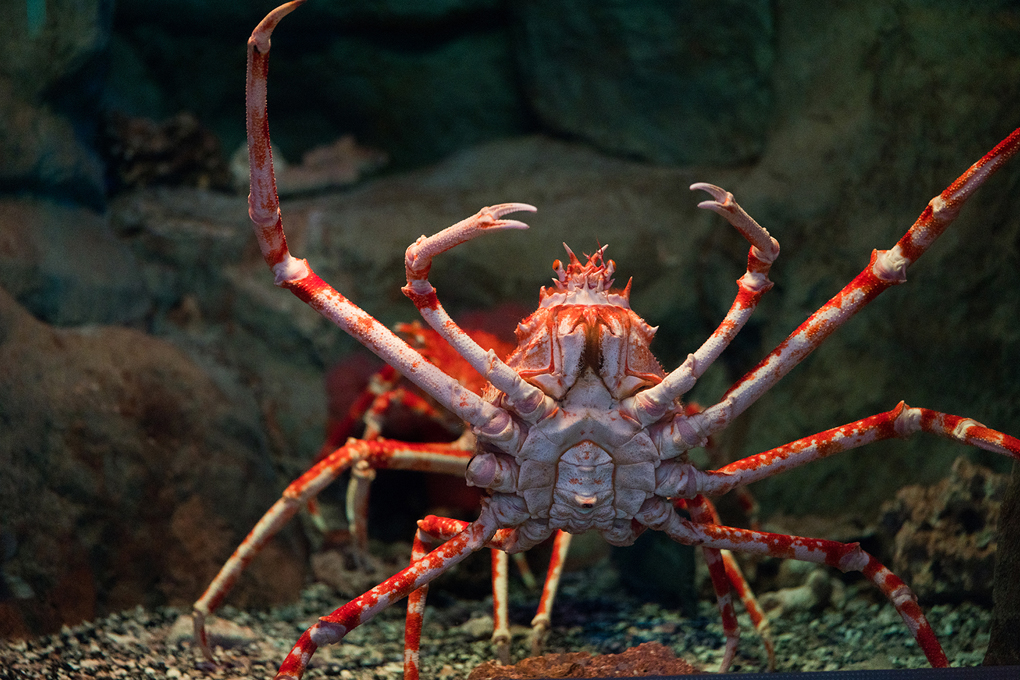



Japanese Spider Crab The Living Planet Aquarium



Watch Creepy Footage Of A Japanese Spider Crab As It Moults Out Of Its Shell Belfasttelegraph Co Uk
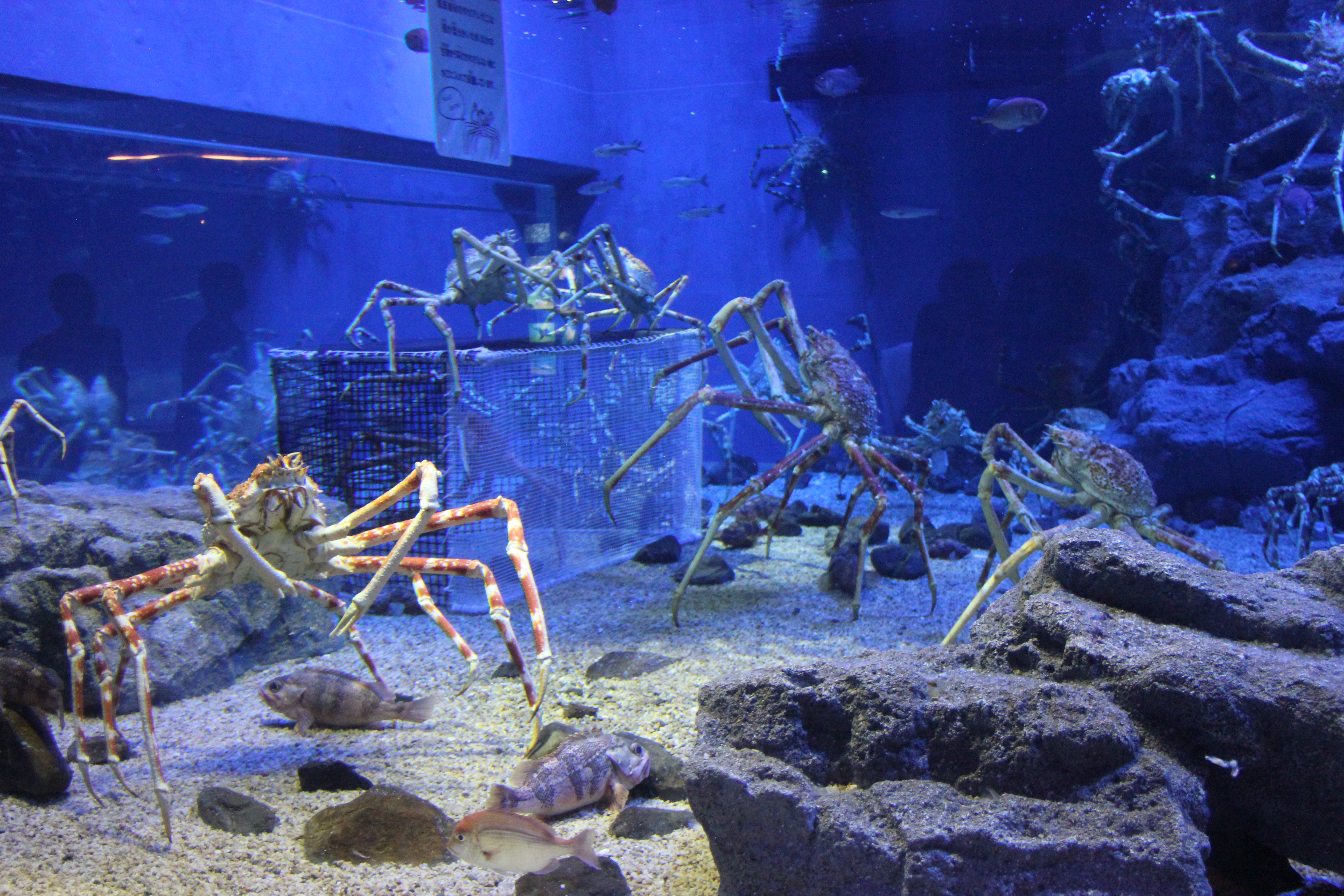



File Laika Ac Japanese Spider Crab Jpg Wikimedia Commons
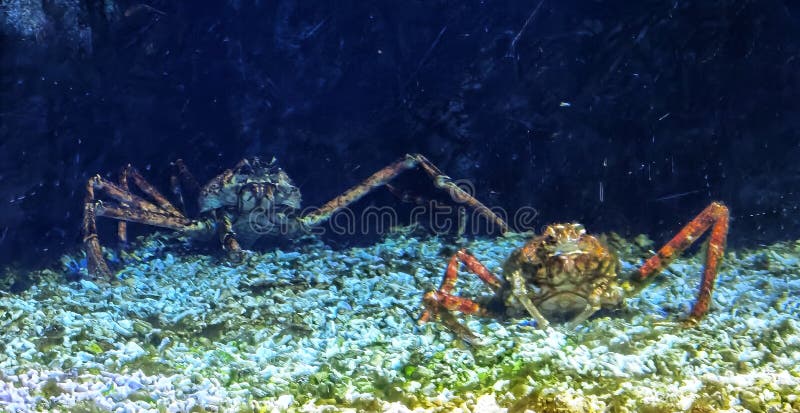



460 Japanese Spider Crab Photos Free Royalty Free Stock Photos From Dreamstime




Adw Macrocheira Kaempferi Information




Japanese Spider Crab Oregon Coast Aquarium
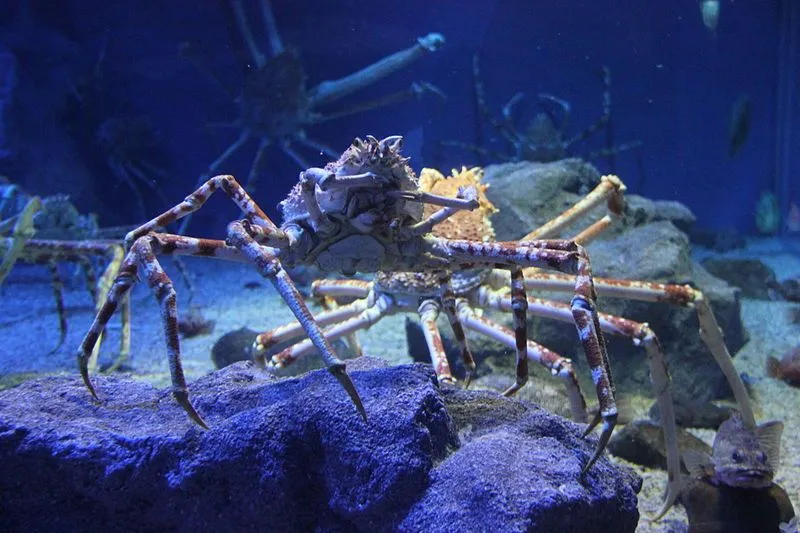



Spider Crab 15 Facts You Won T Believe
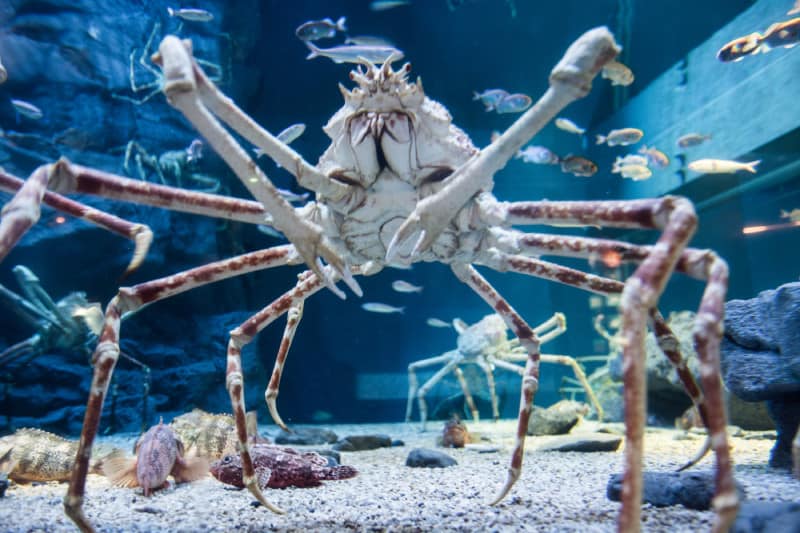



Japanese Spider Crab L Astounding Our Breathing Planet
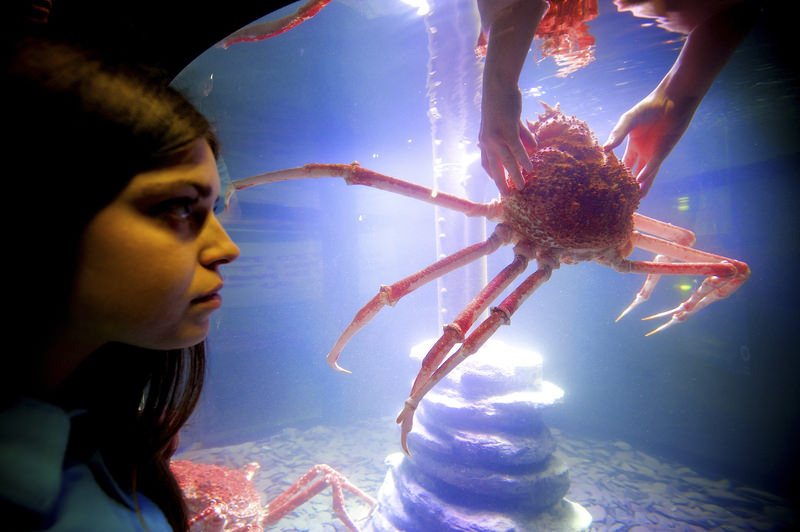



Giant Japanese Spider Crab At Istanbul Aquarium Daily Sabah



Crab Japanese Spider Crab Information For Kids




Aquarium Of The Pacific Exhibits Northern Pacific Gallery Exhibition Public Aquarium Pacific
コメント
コメントを投稿